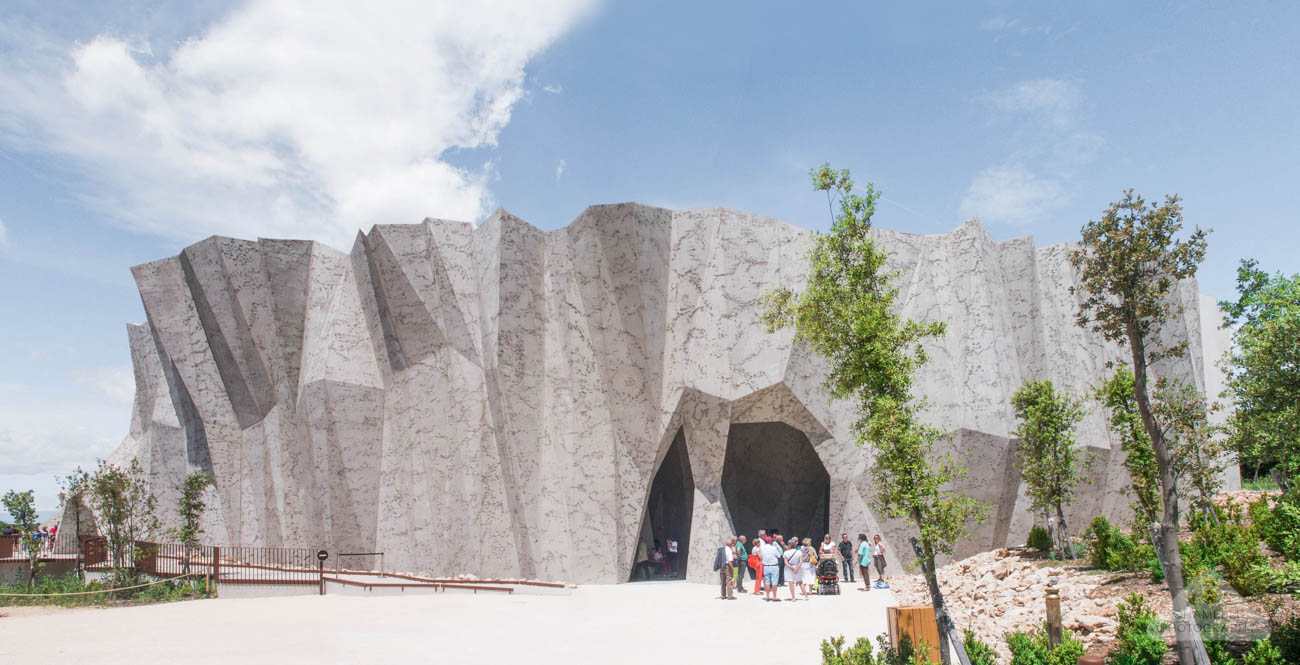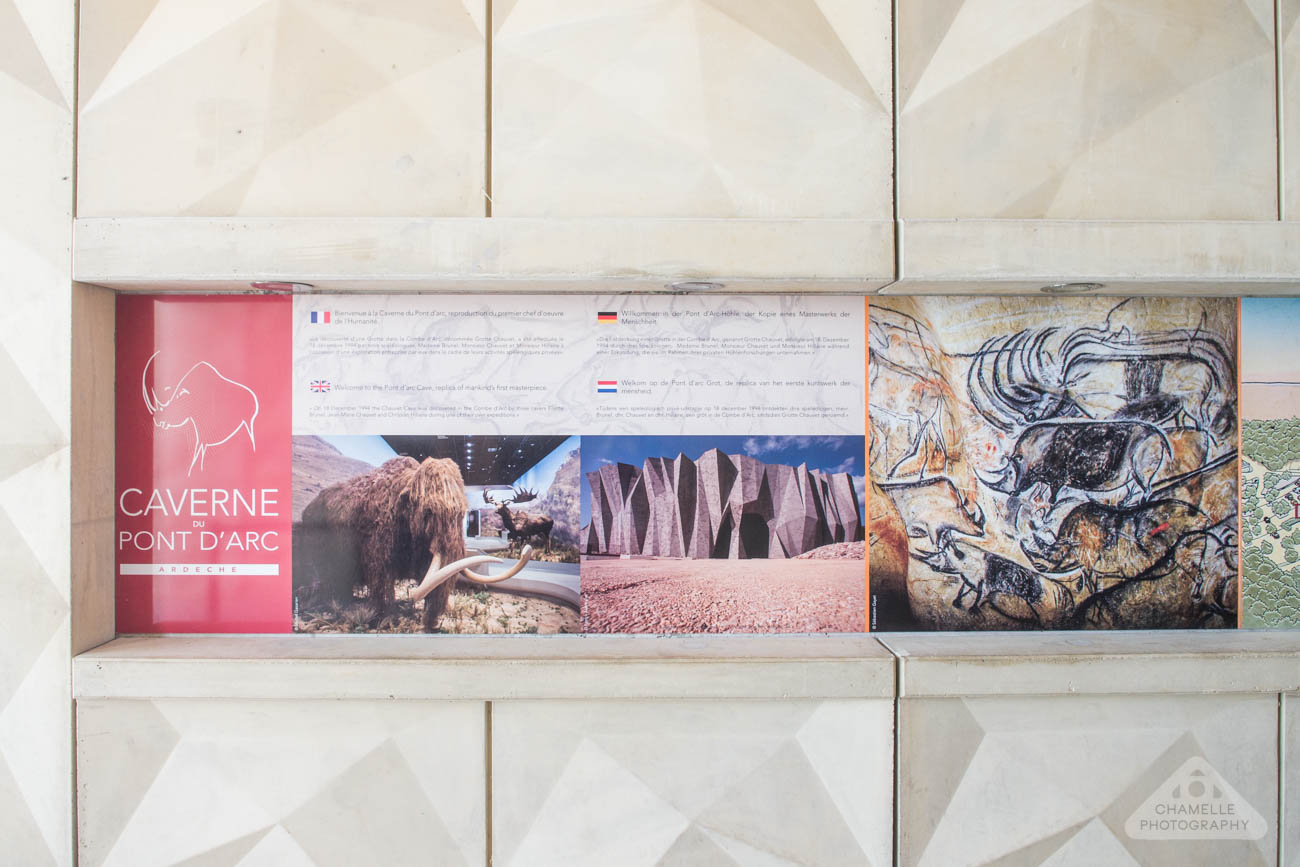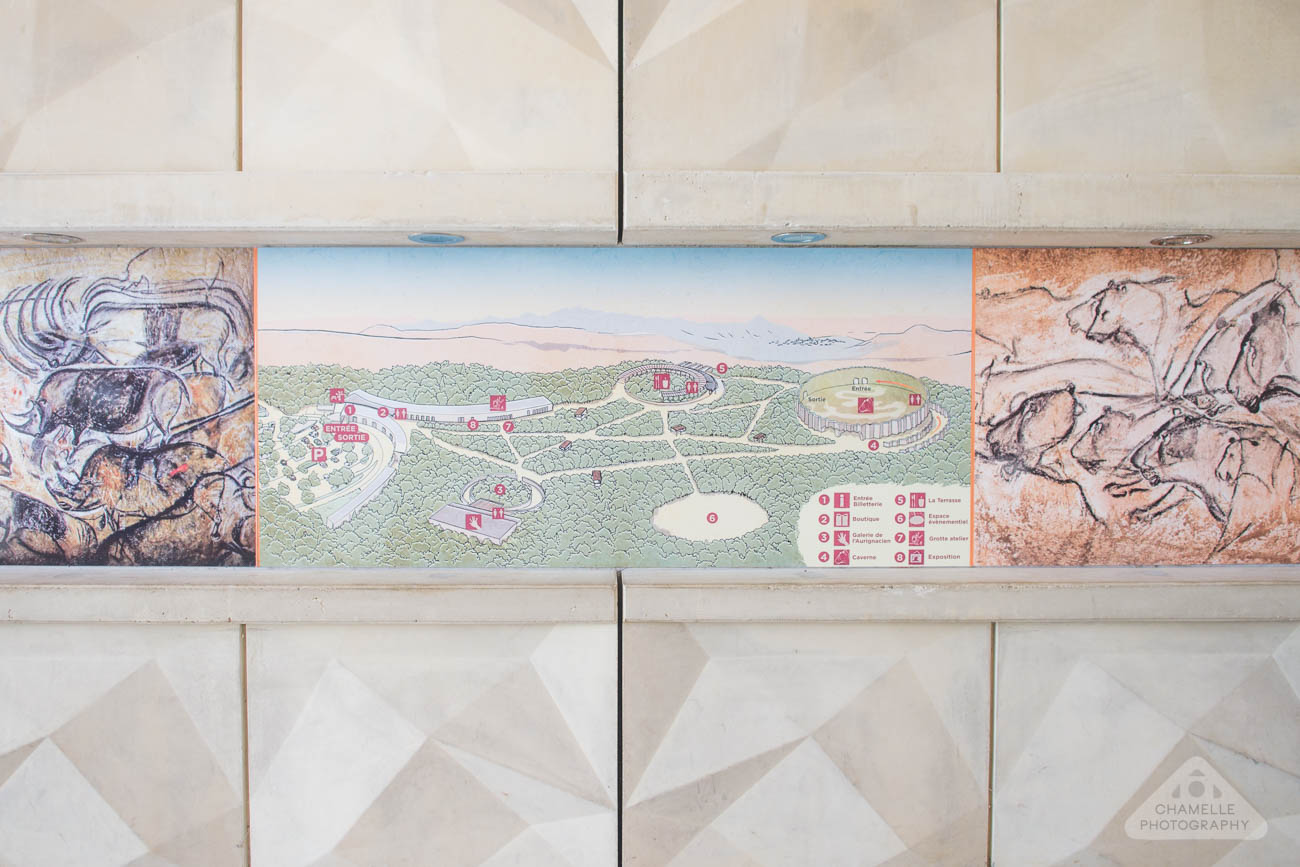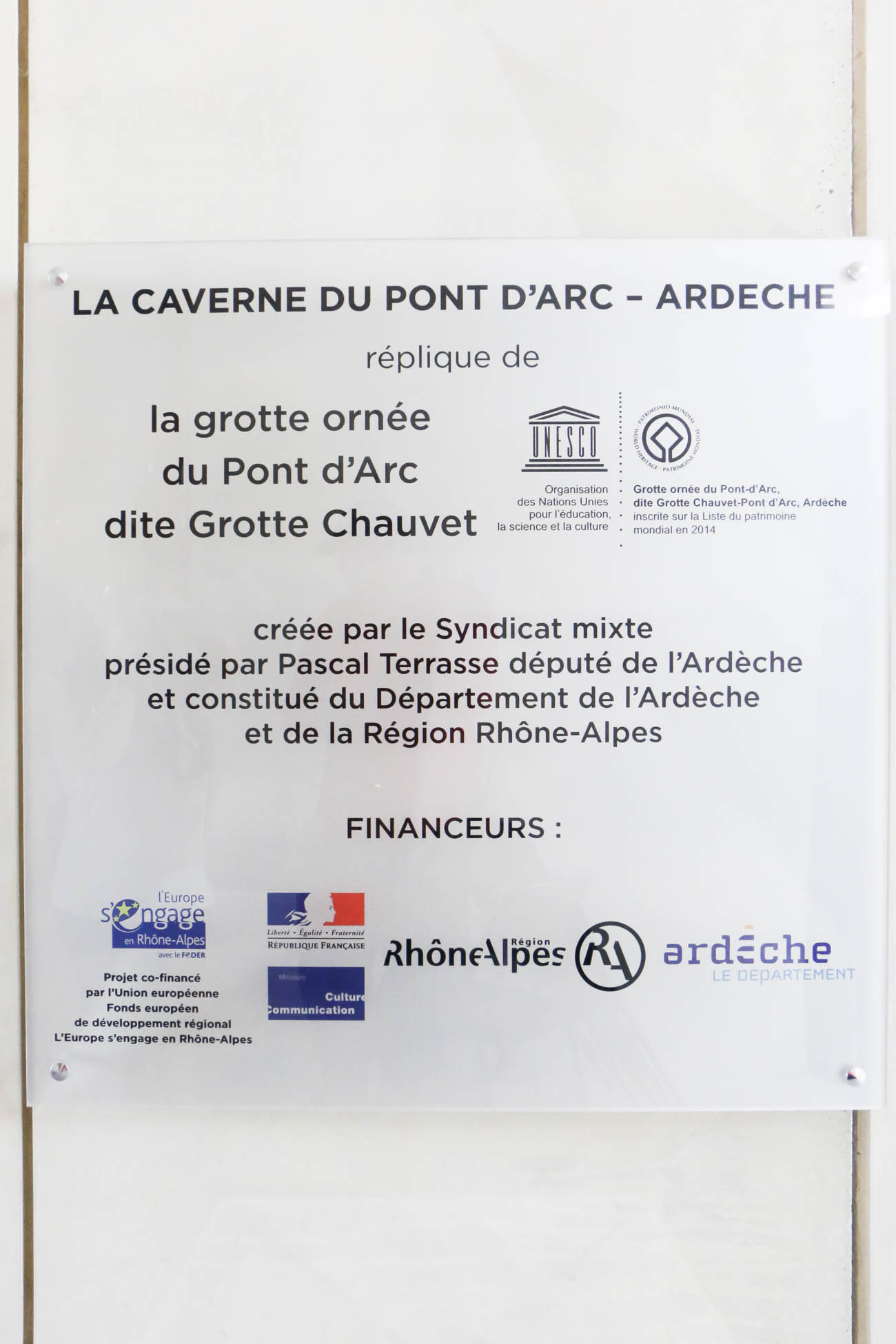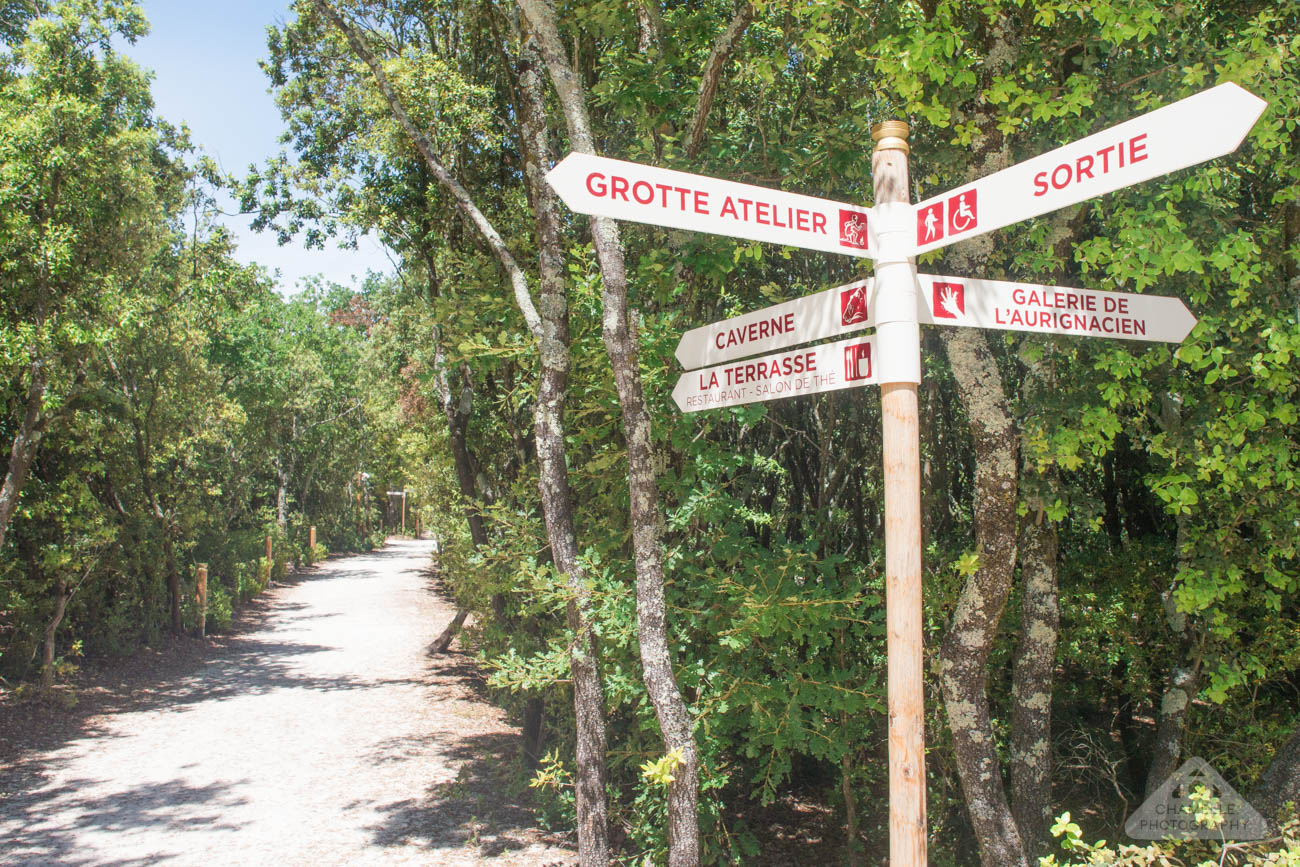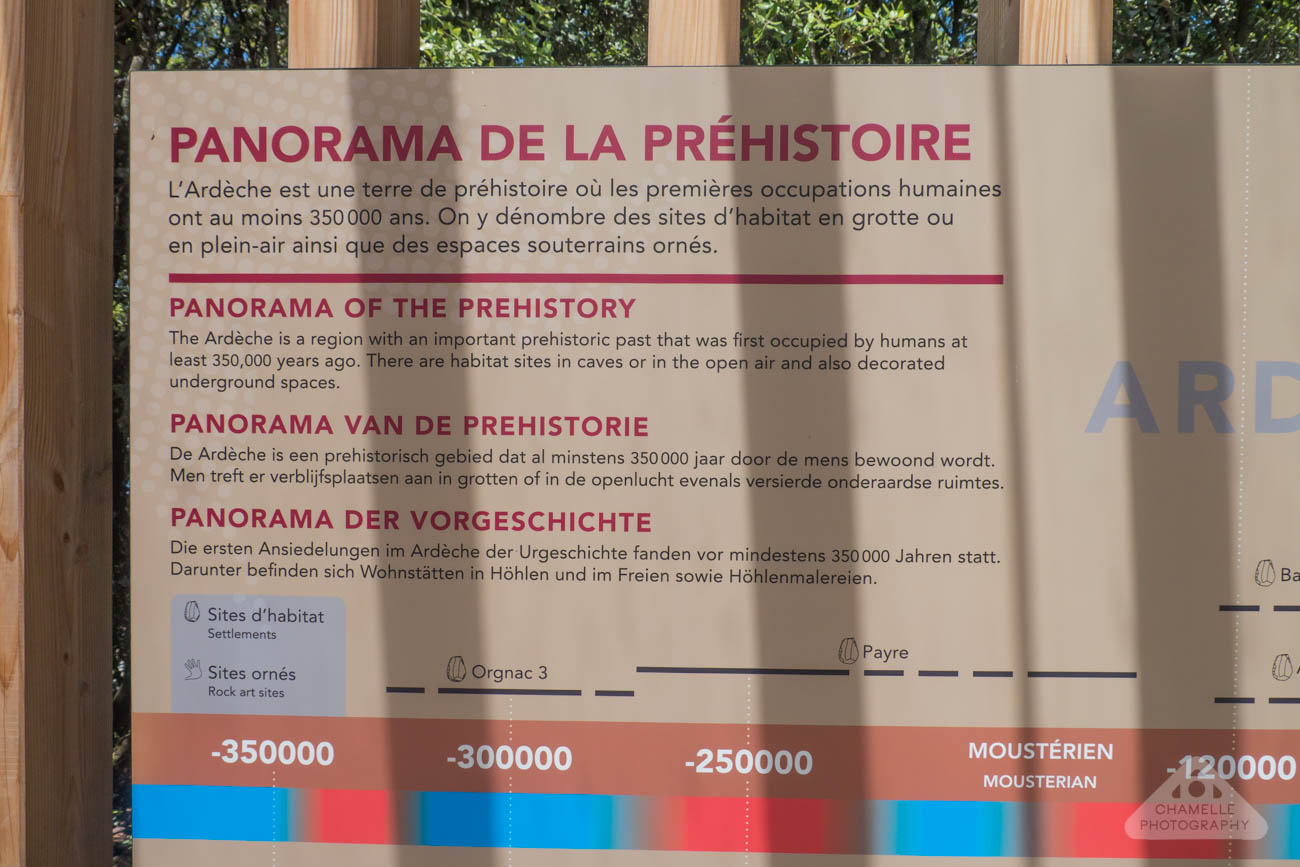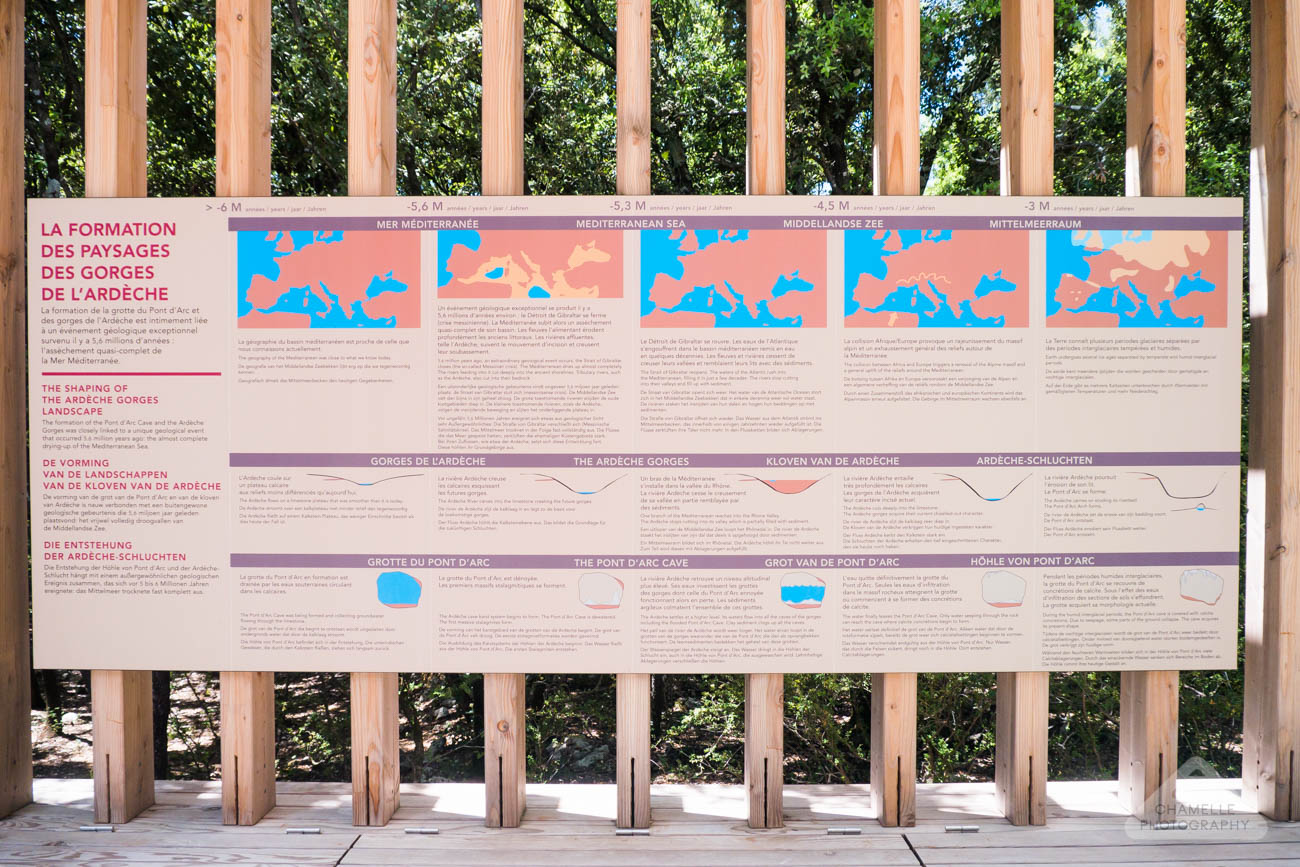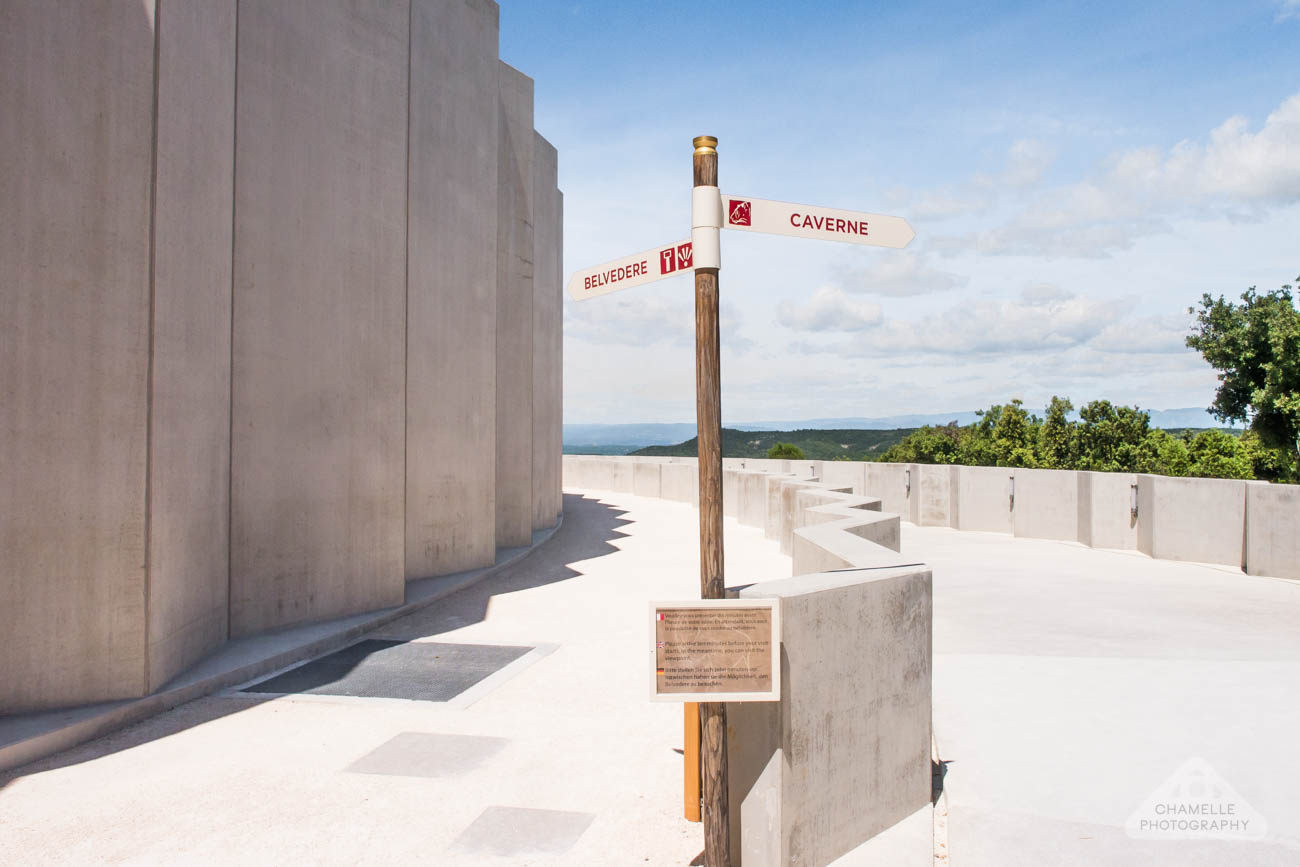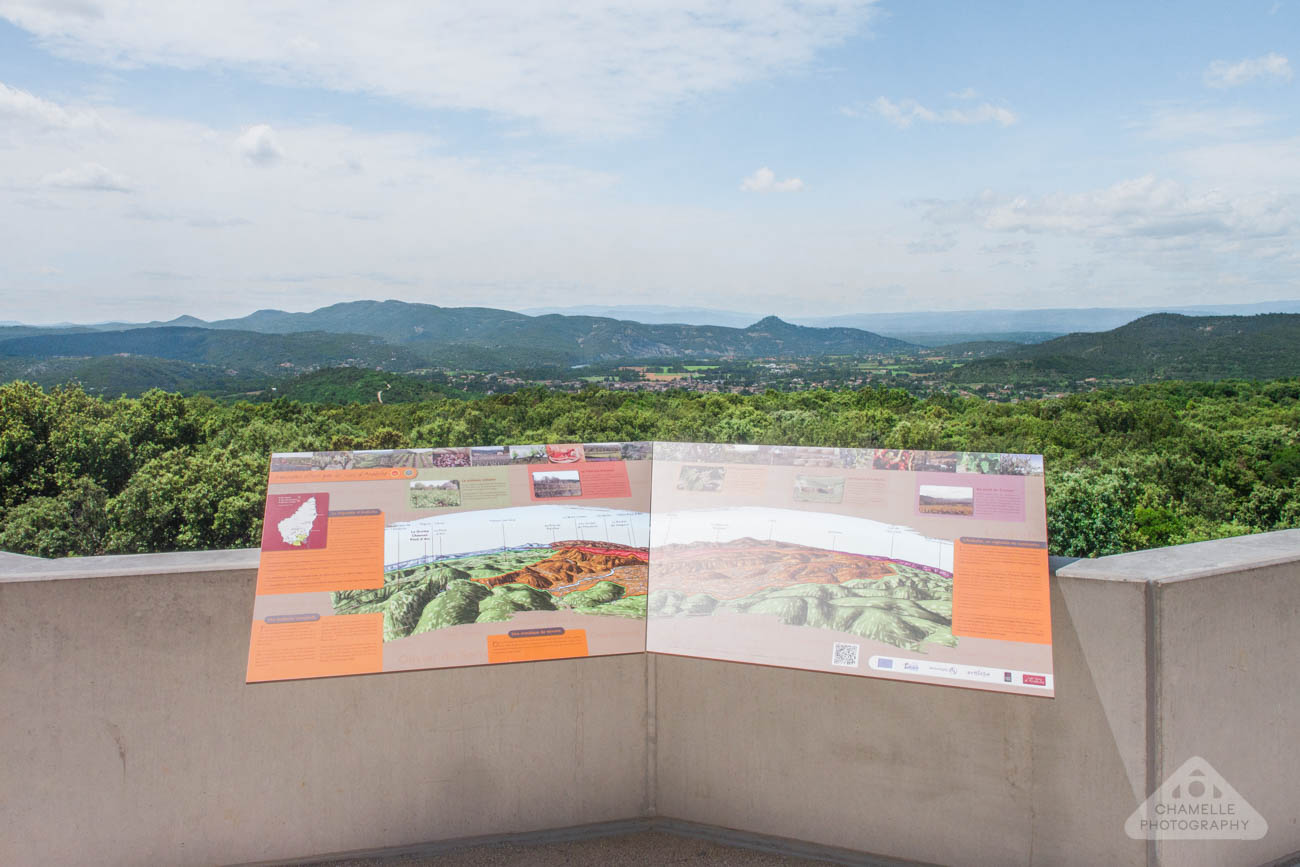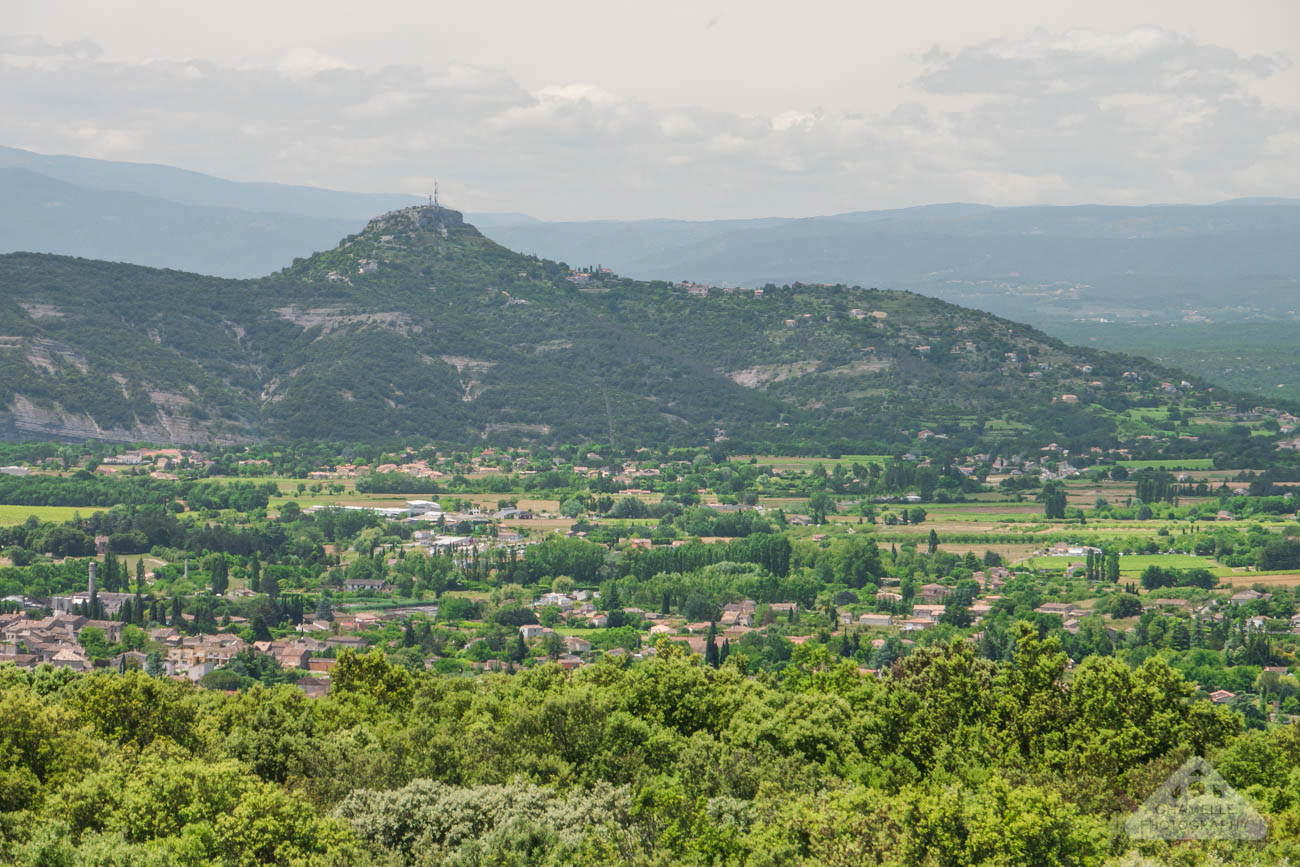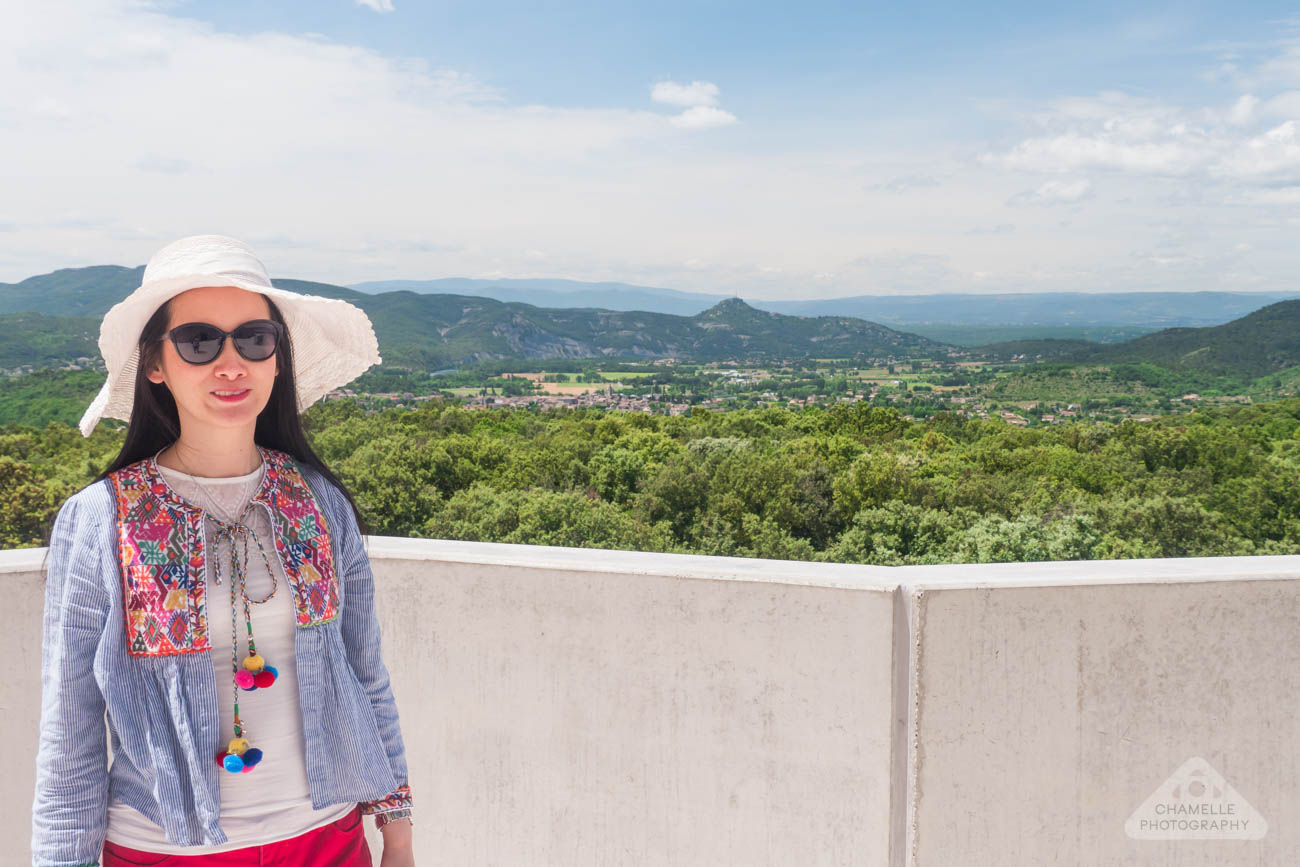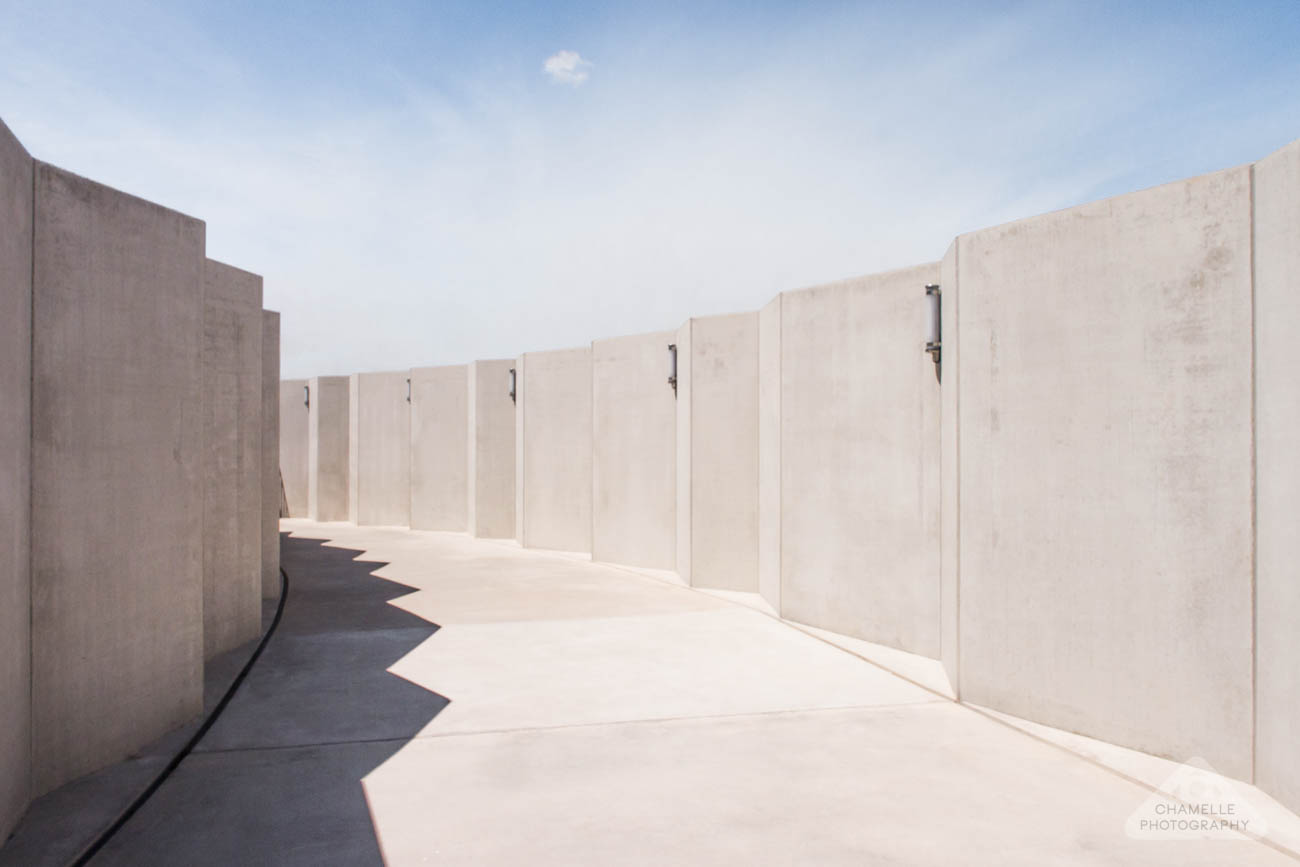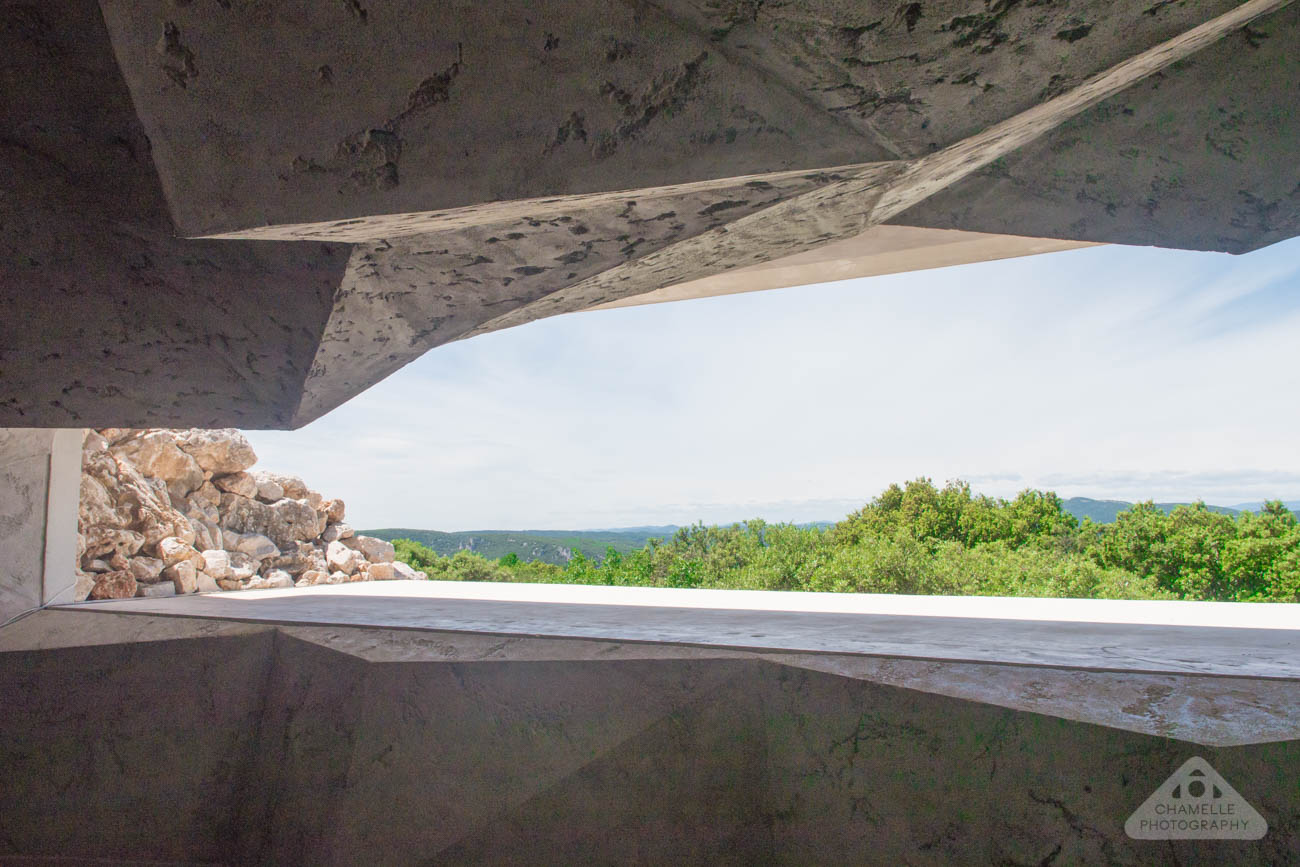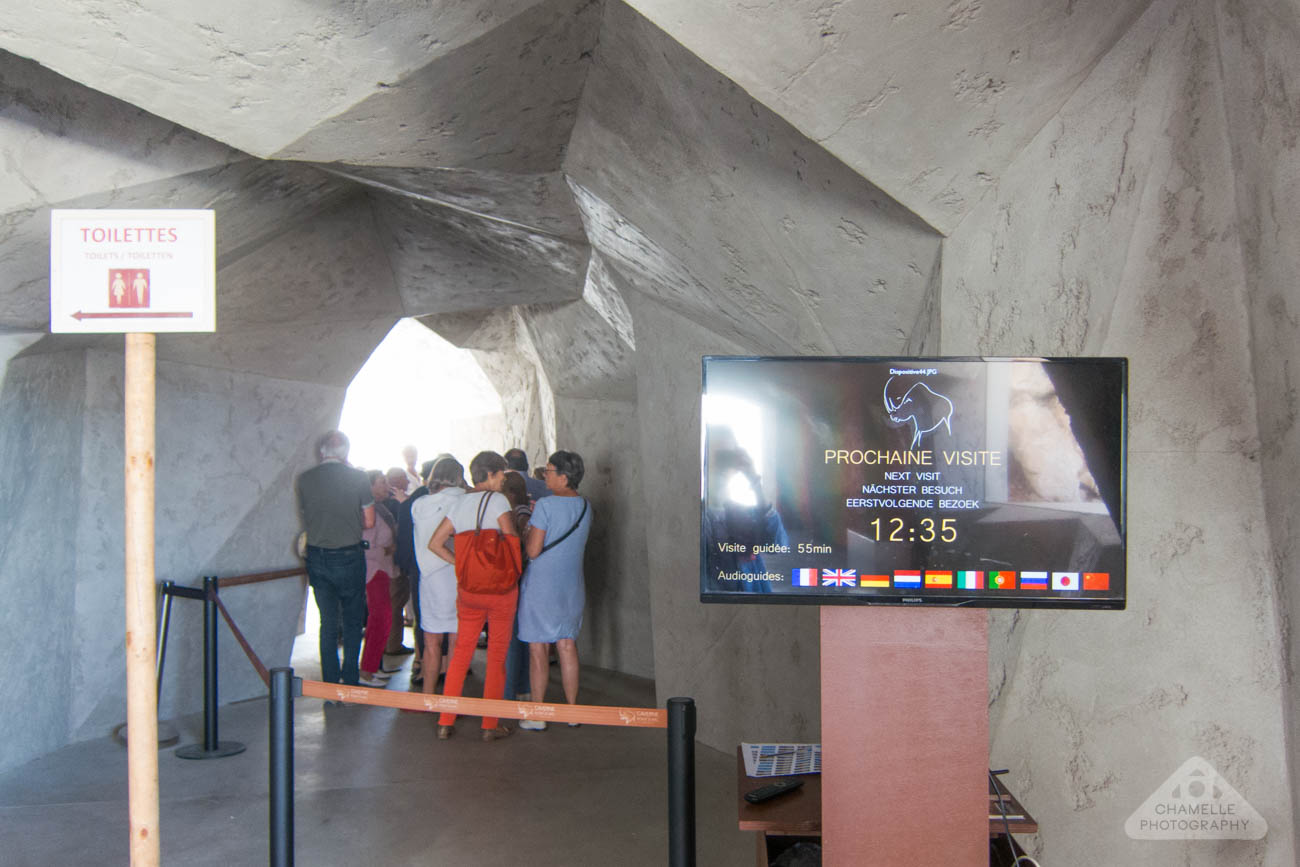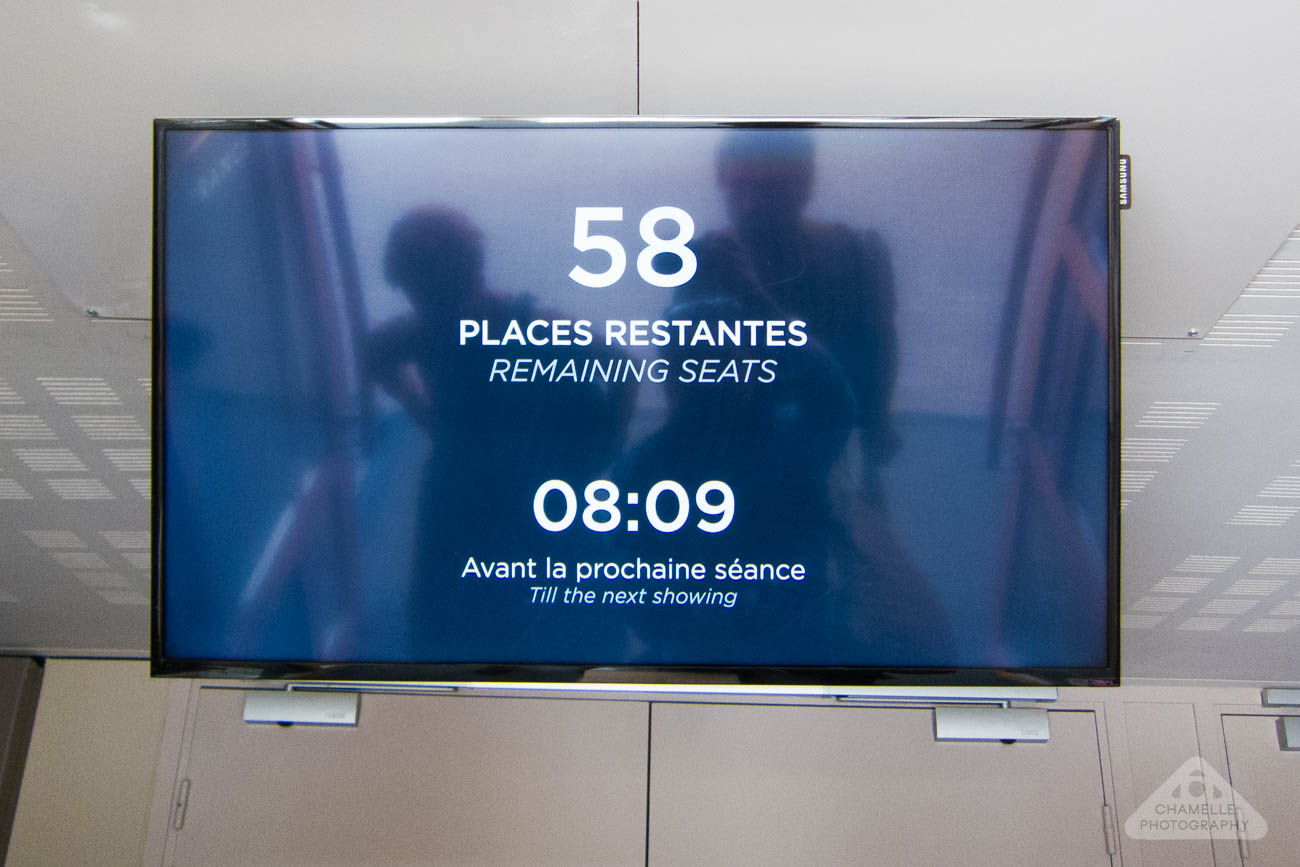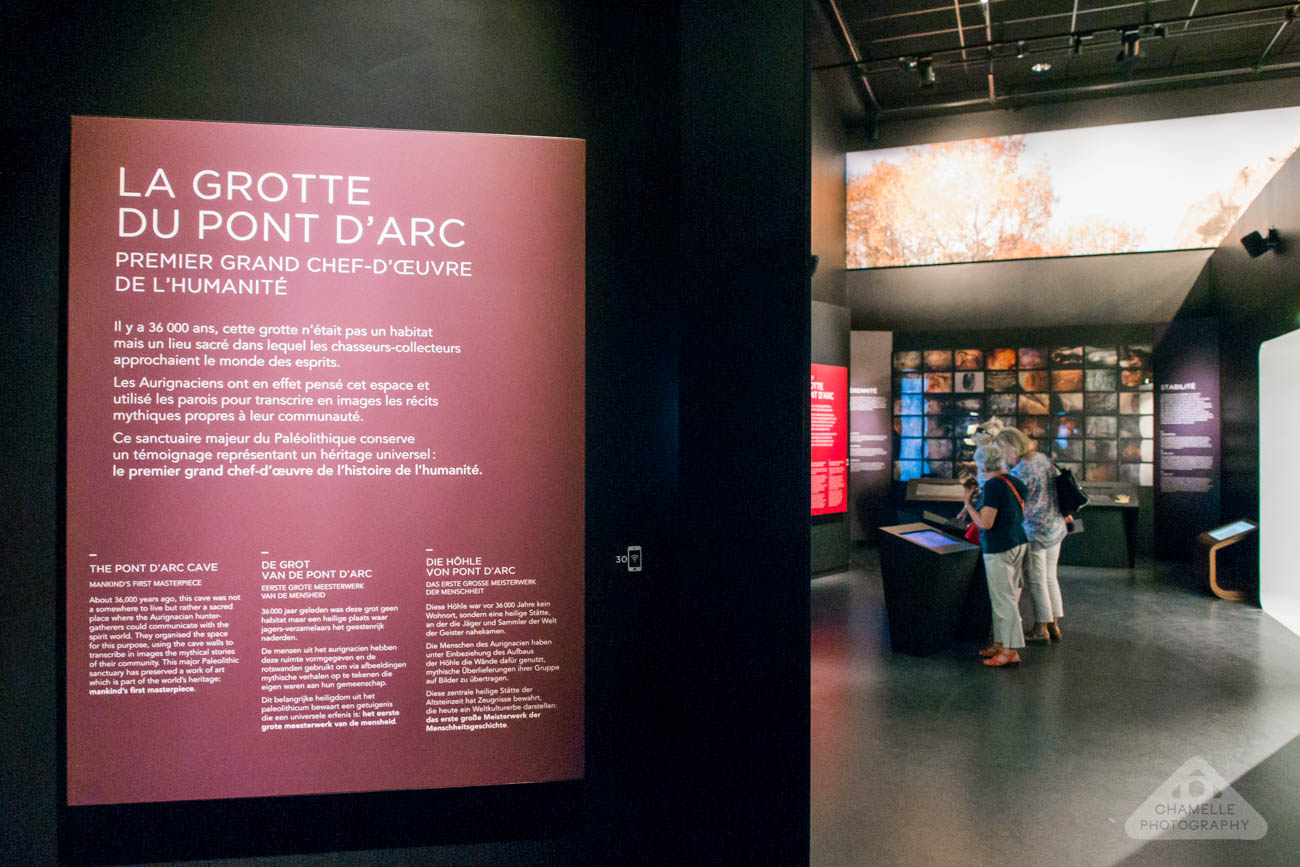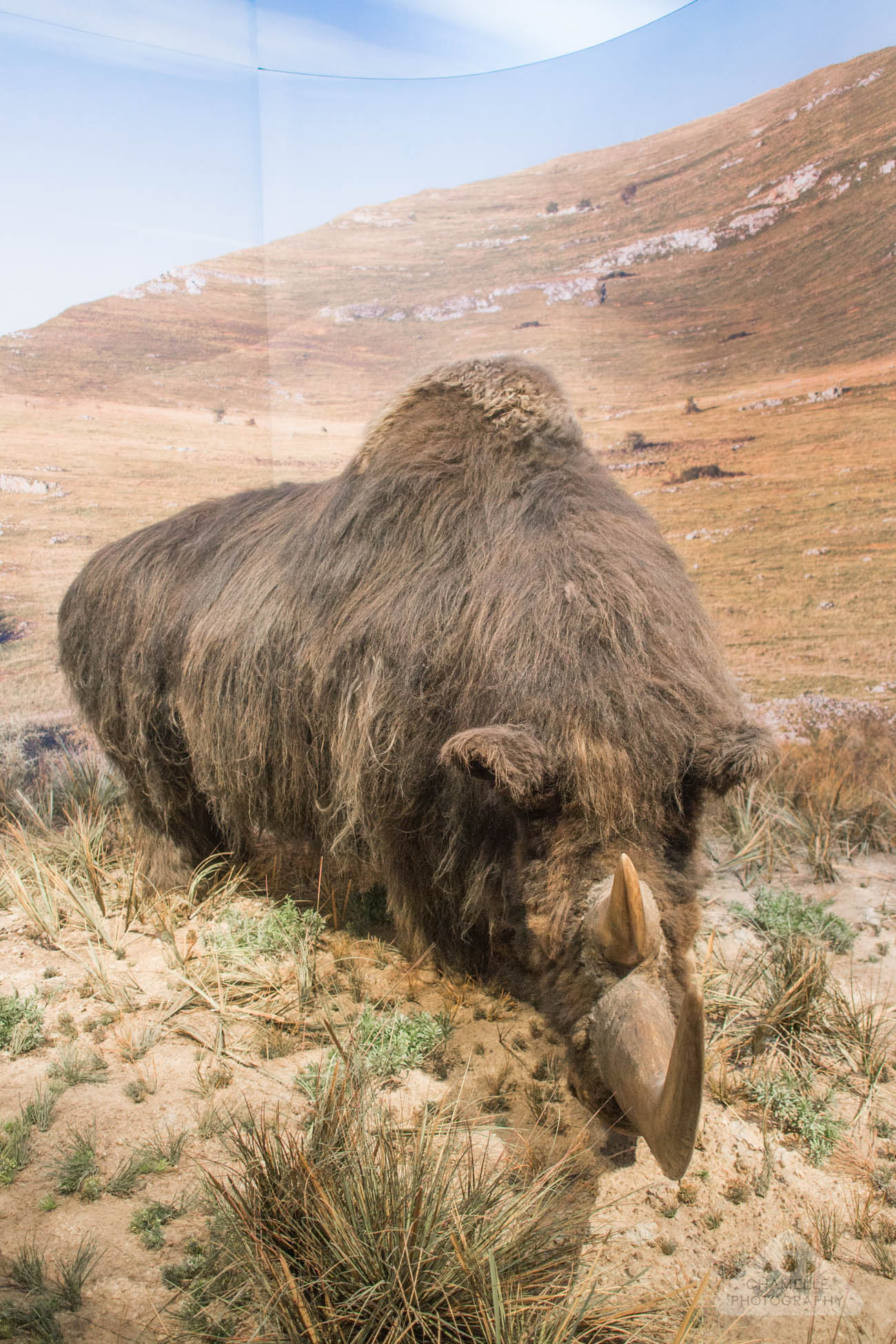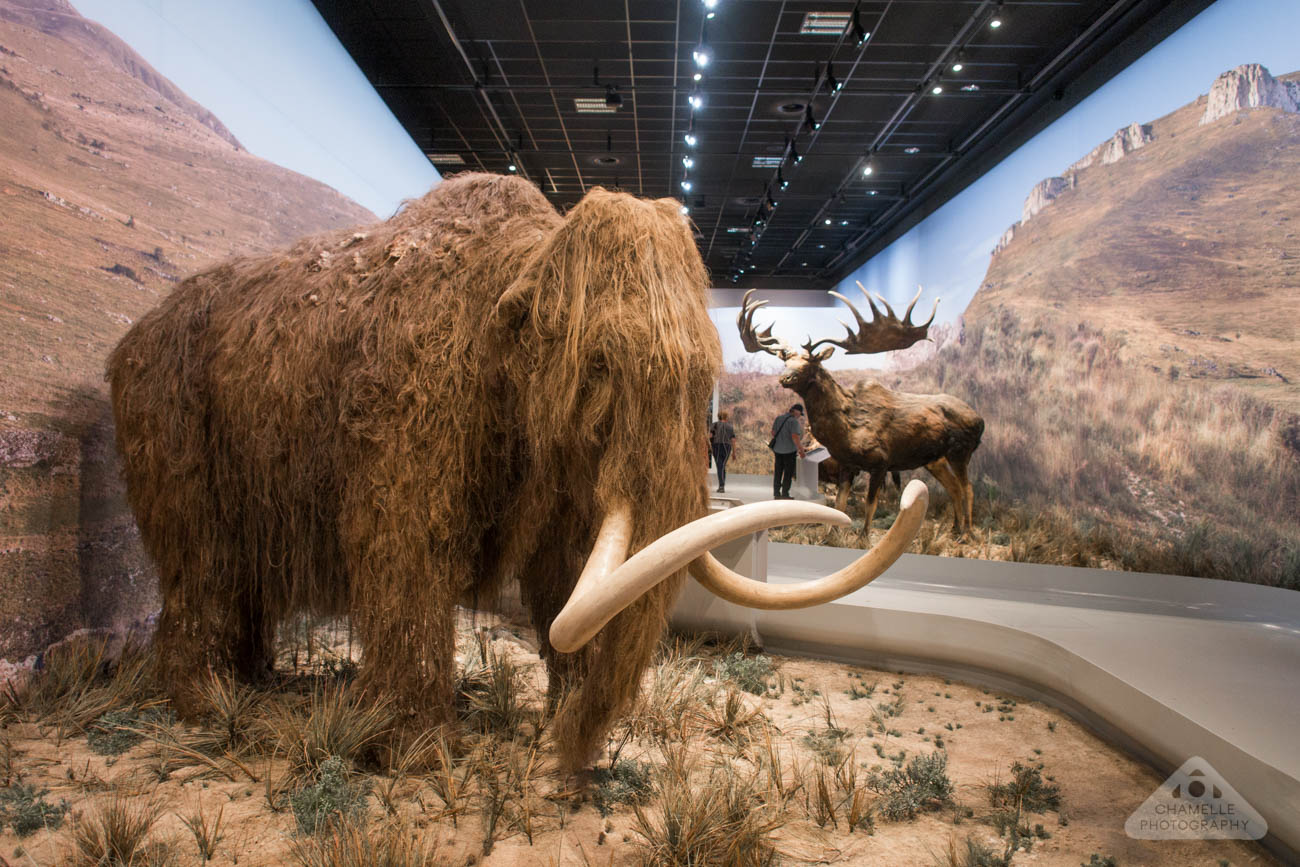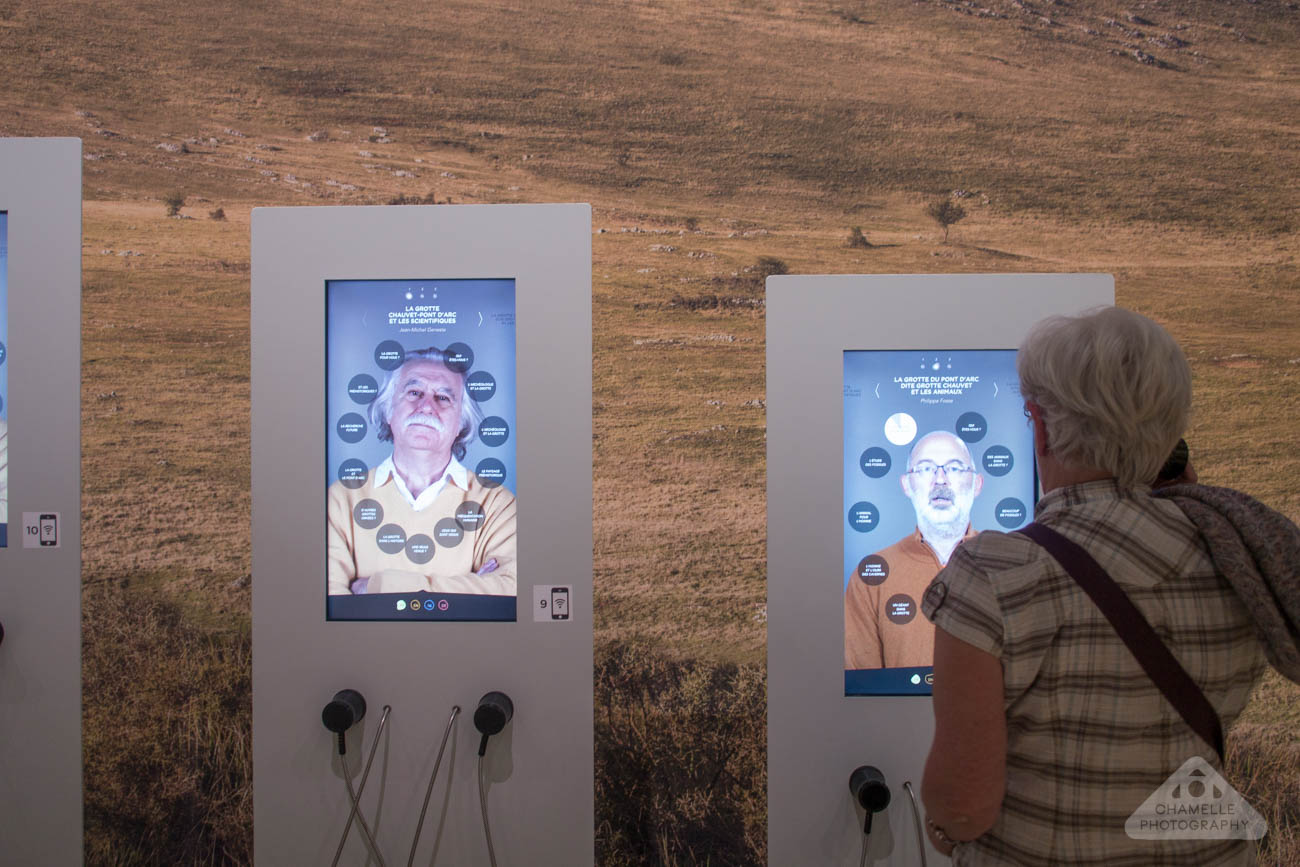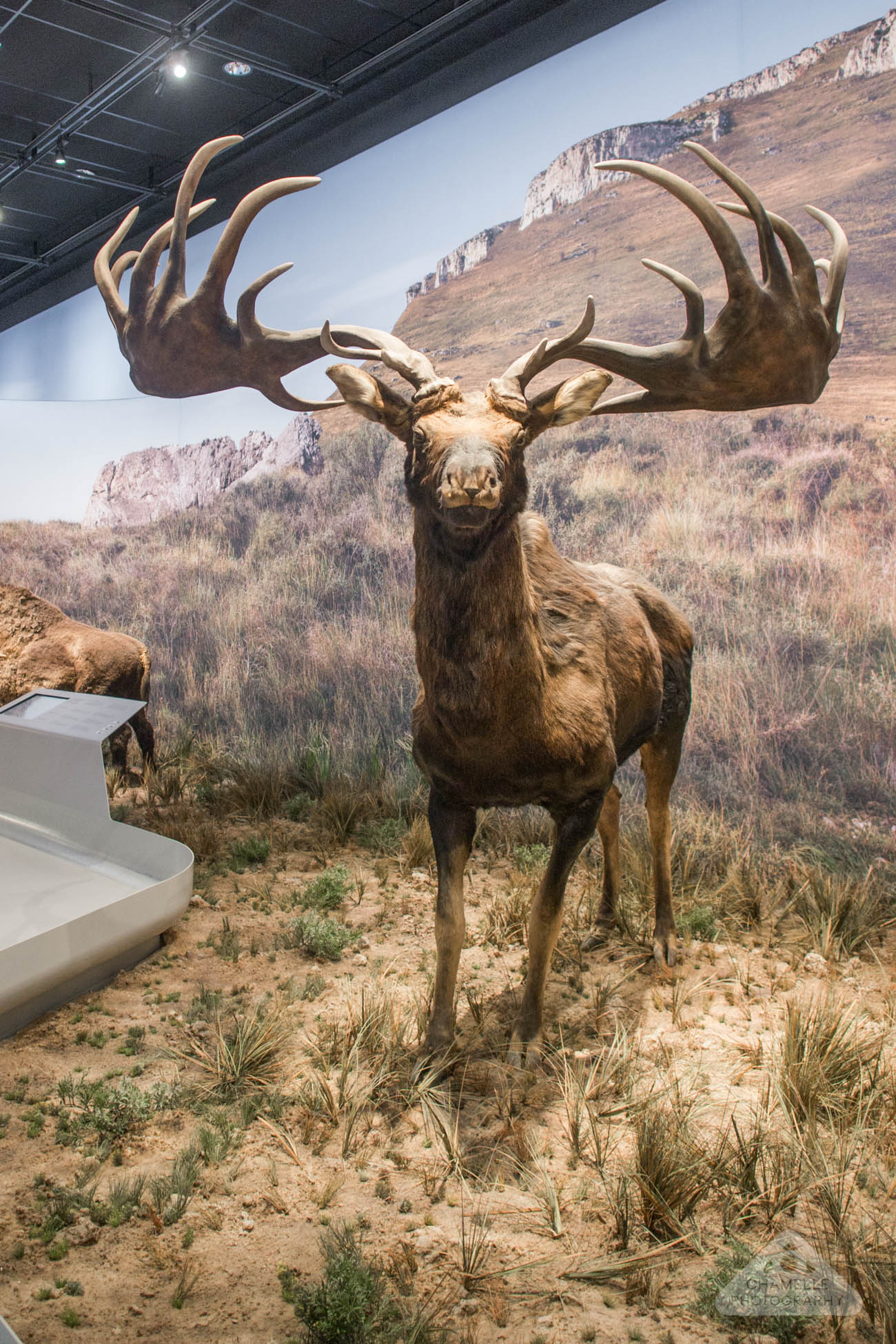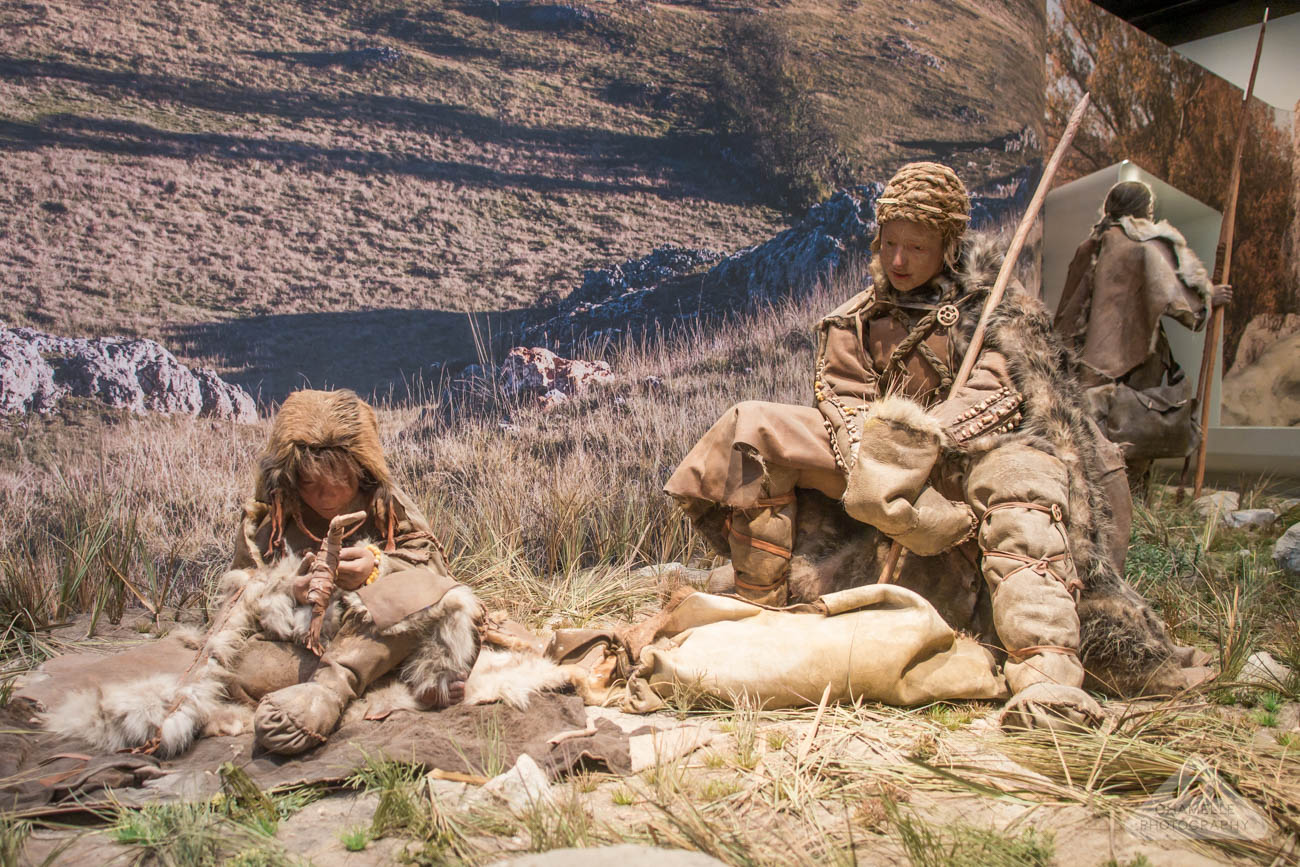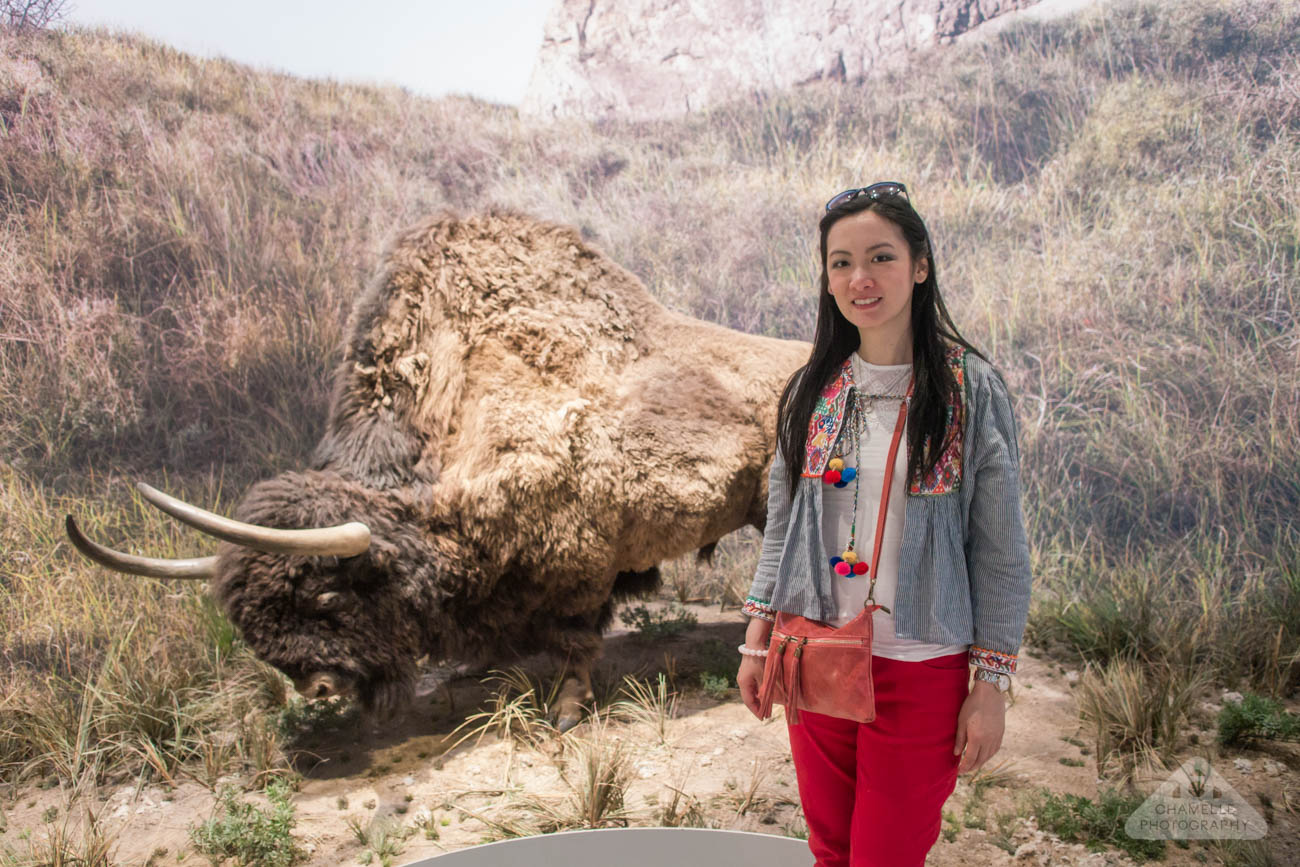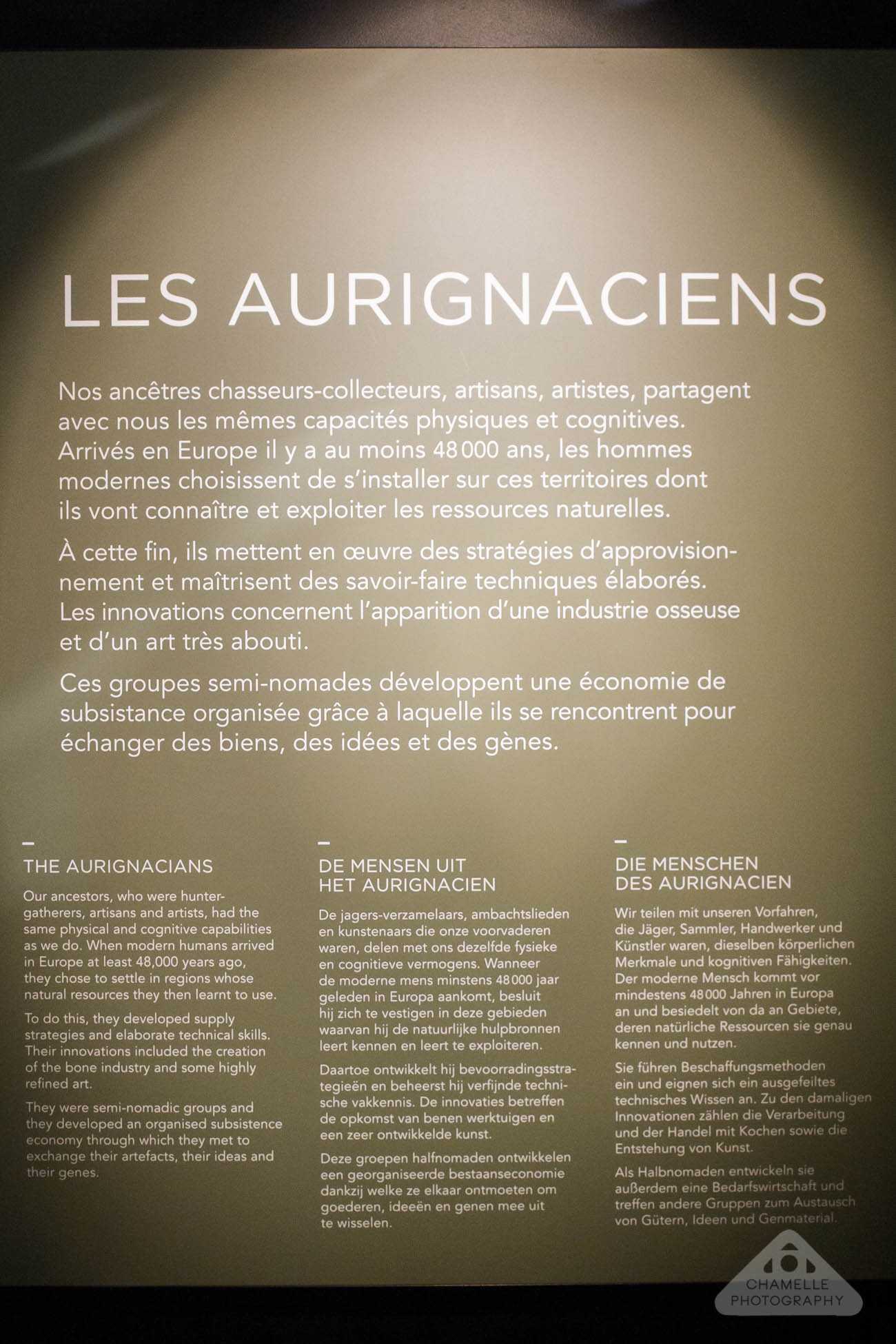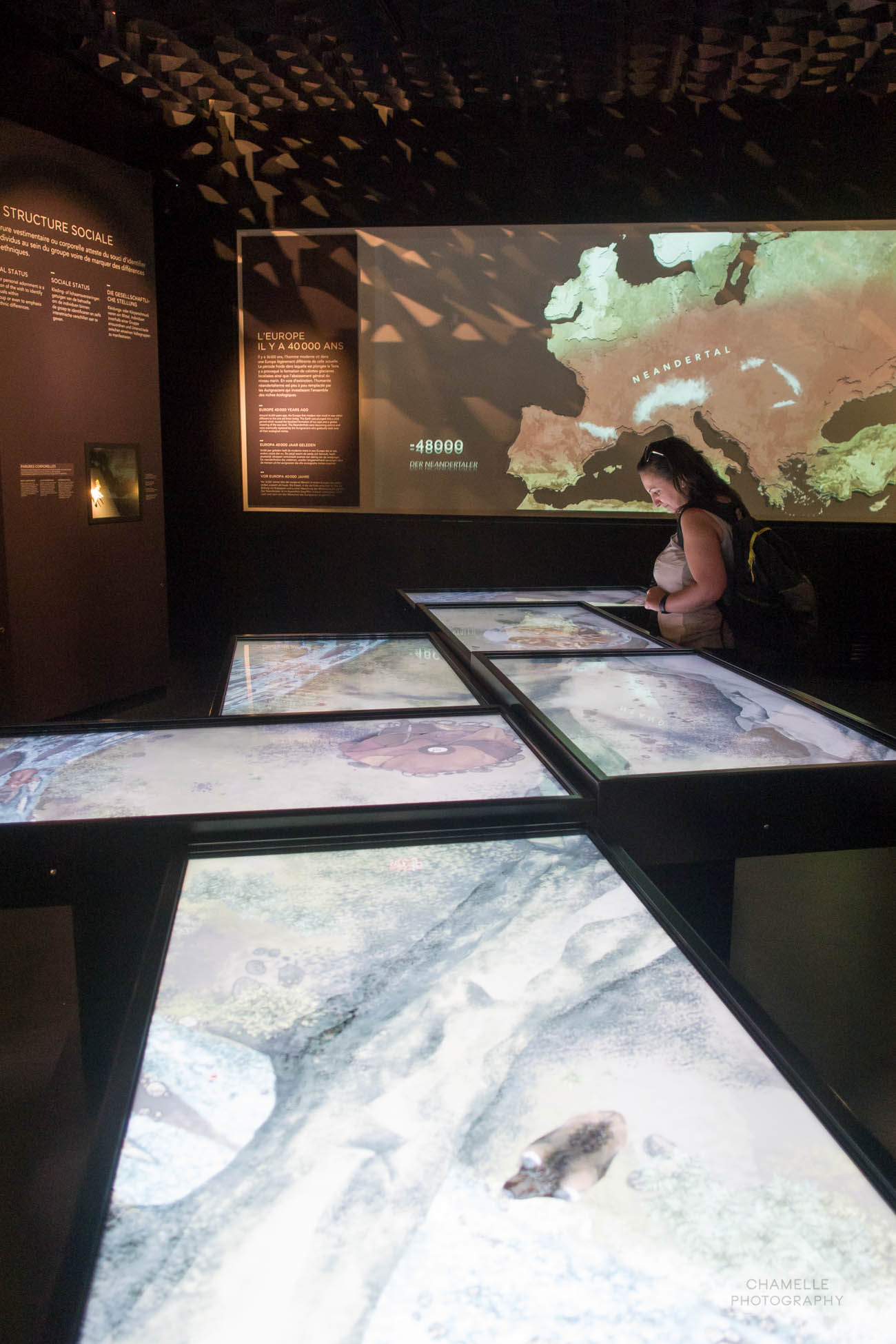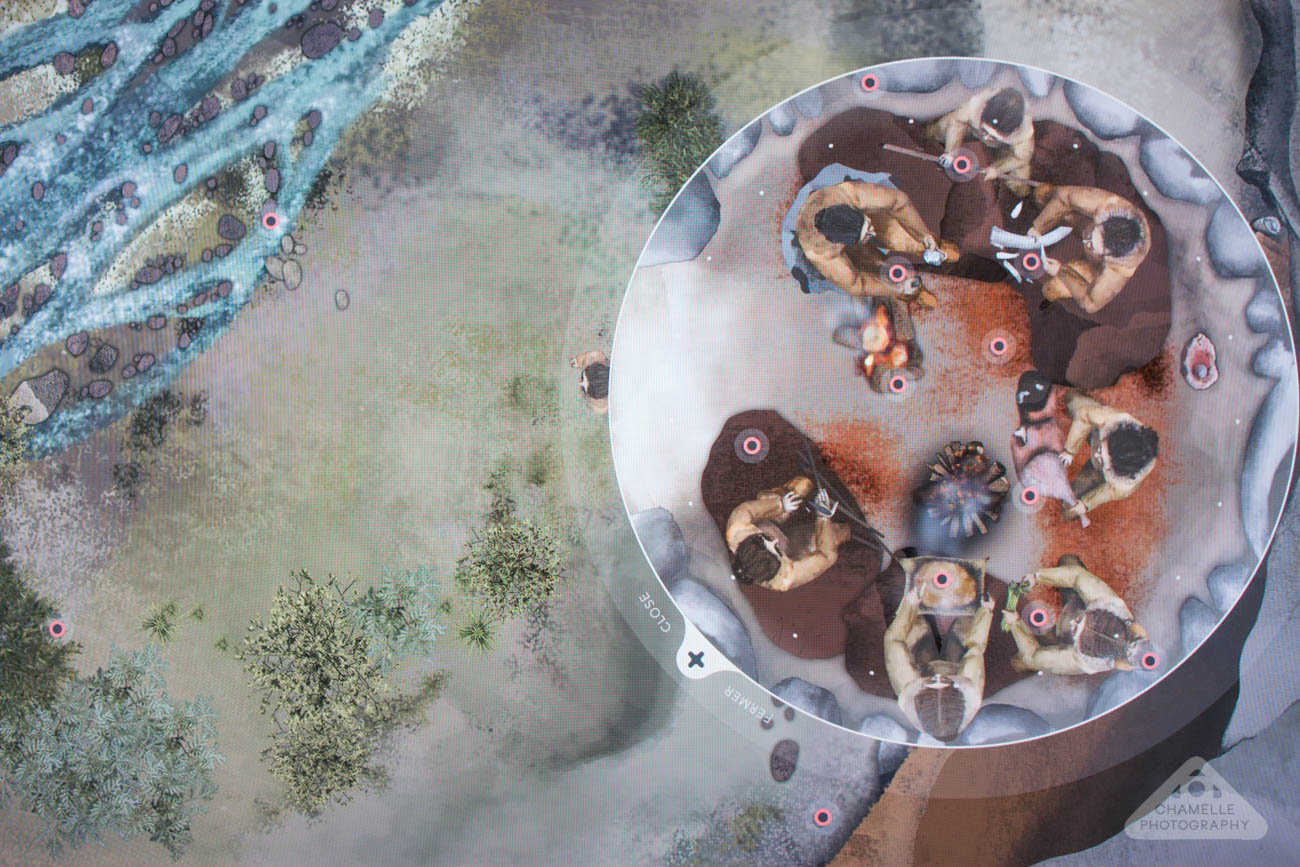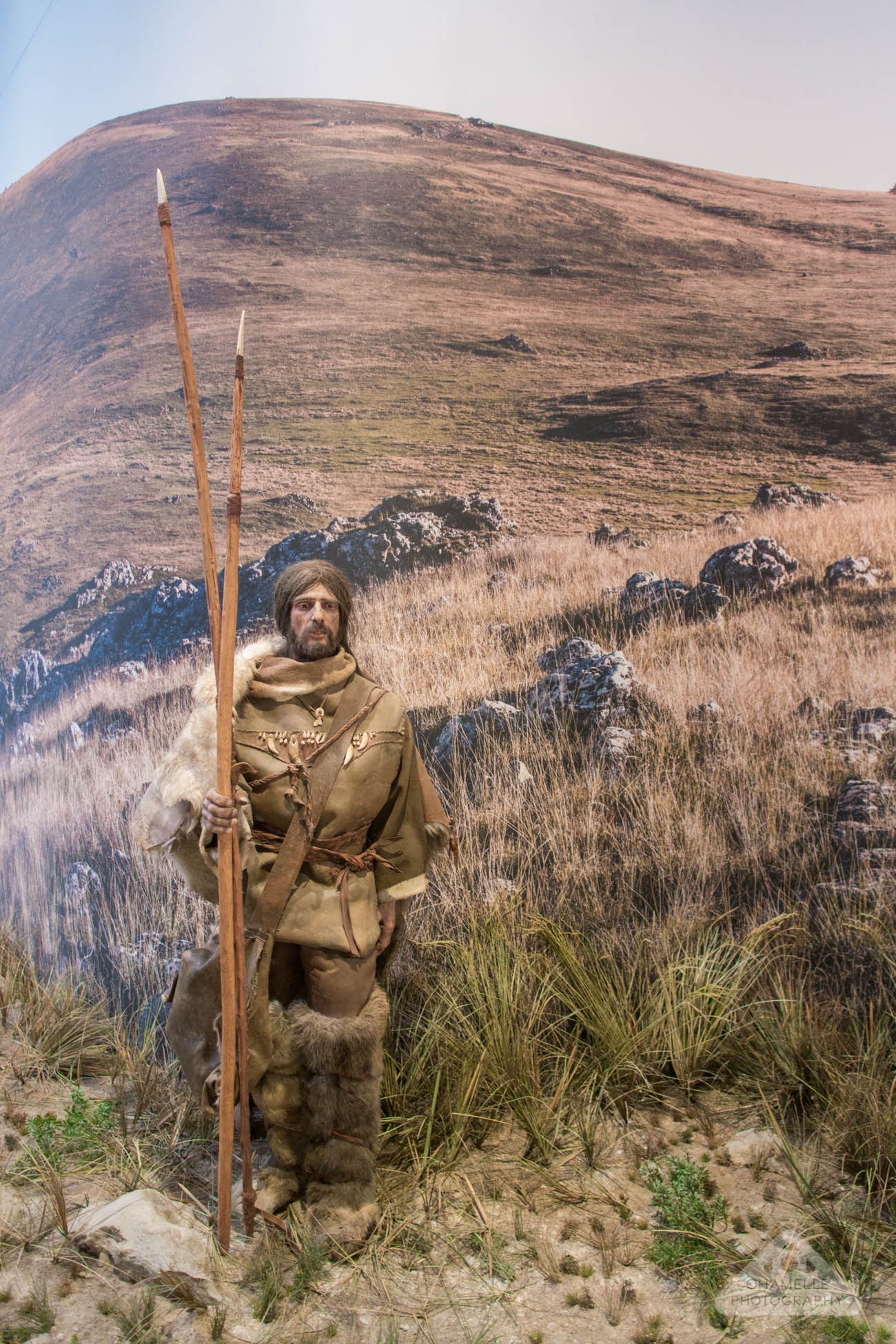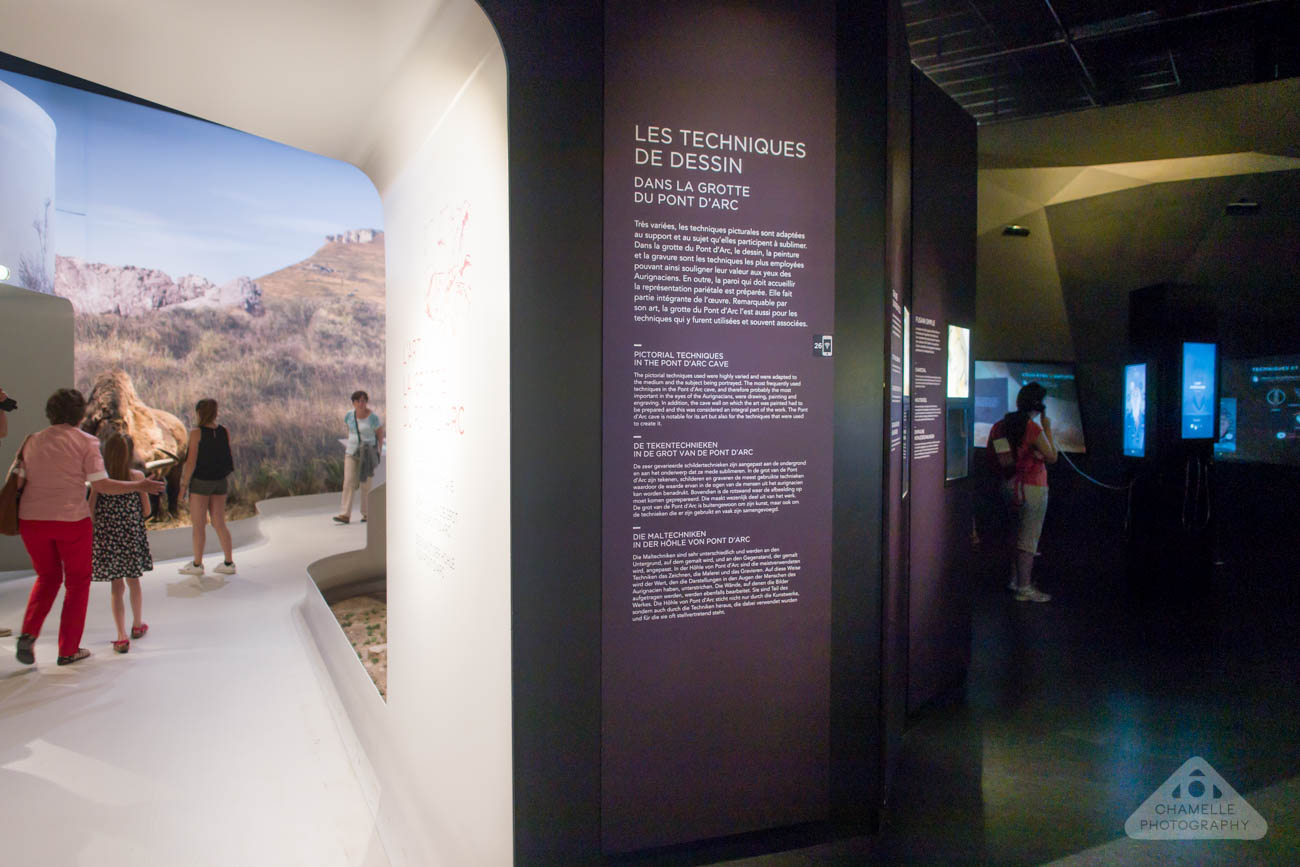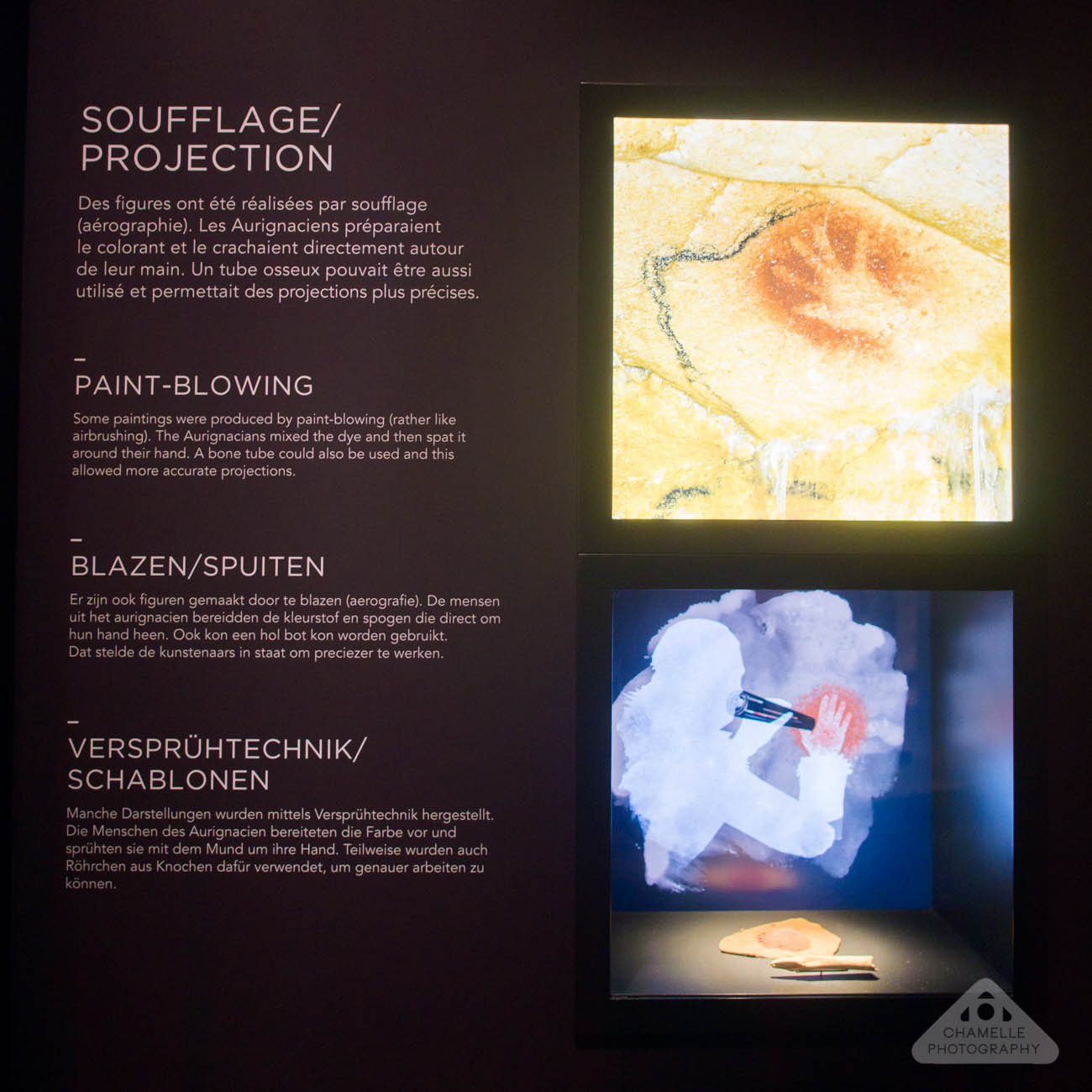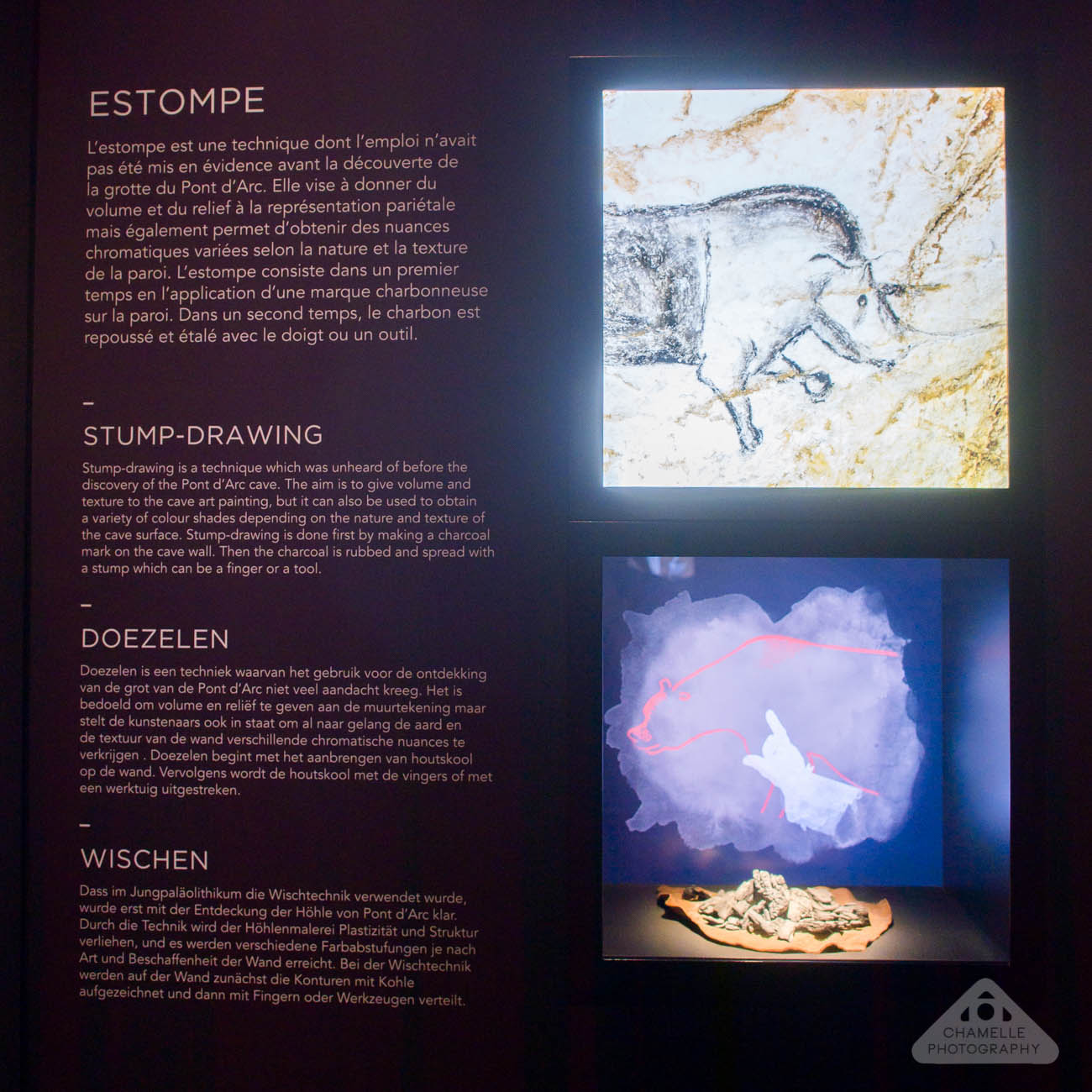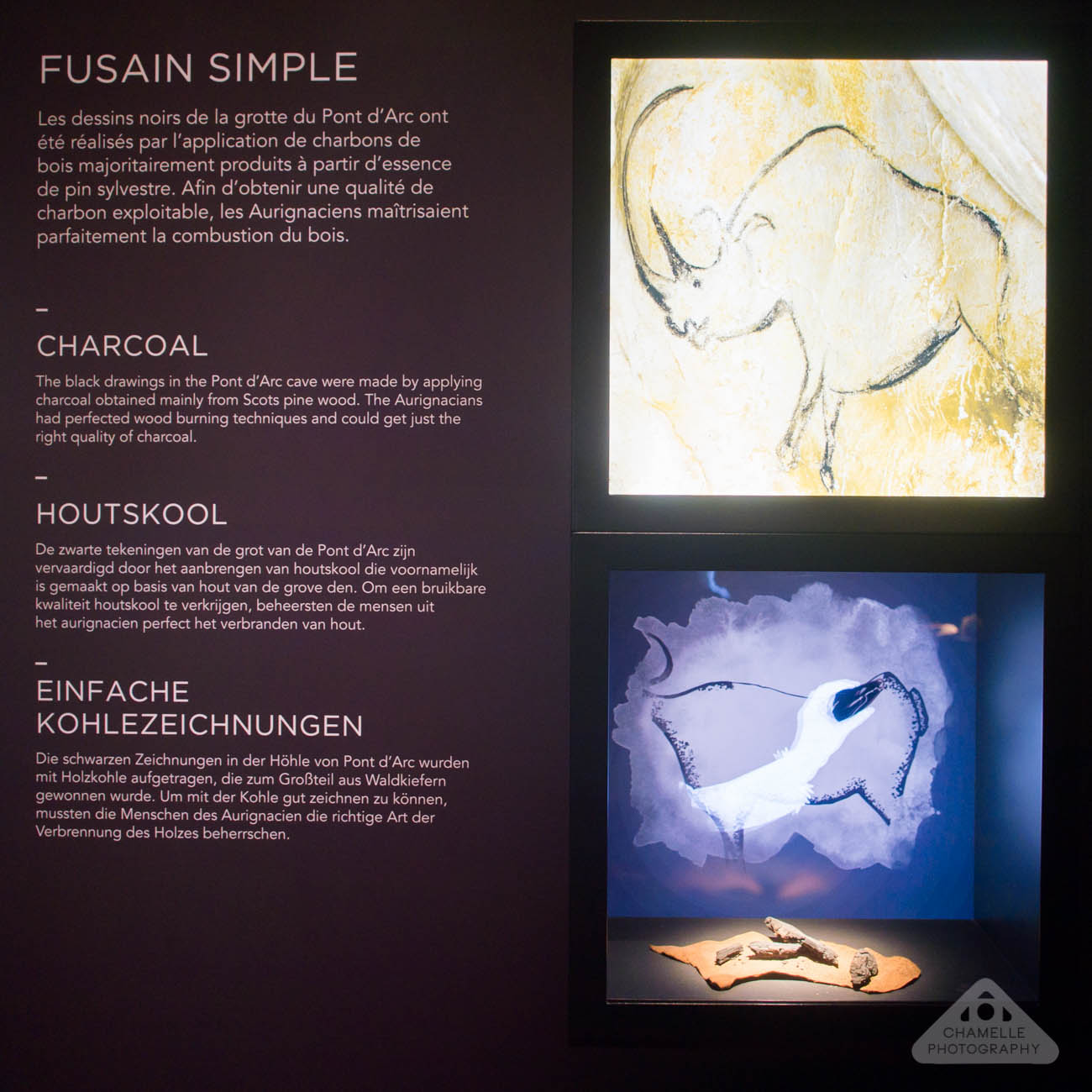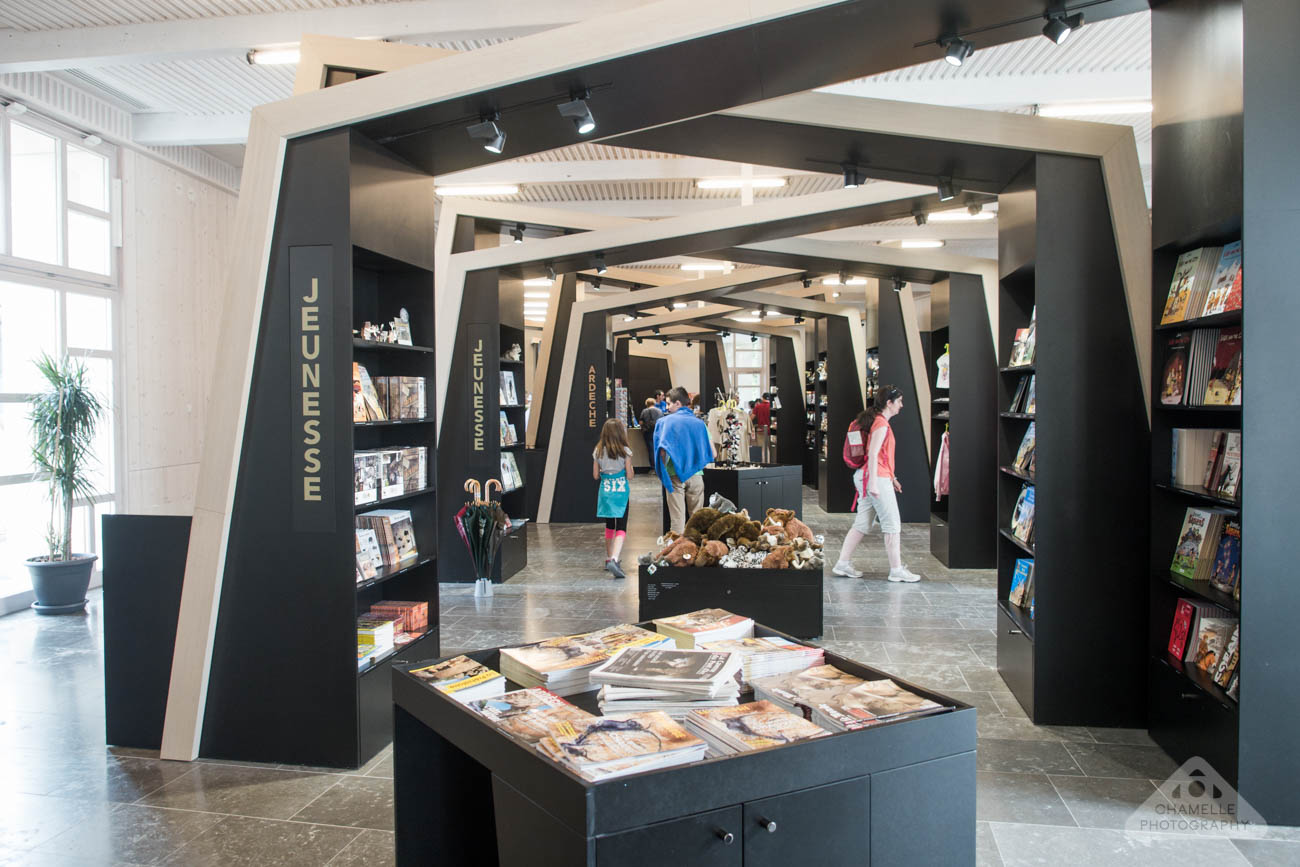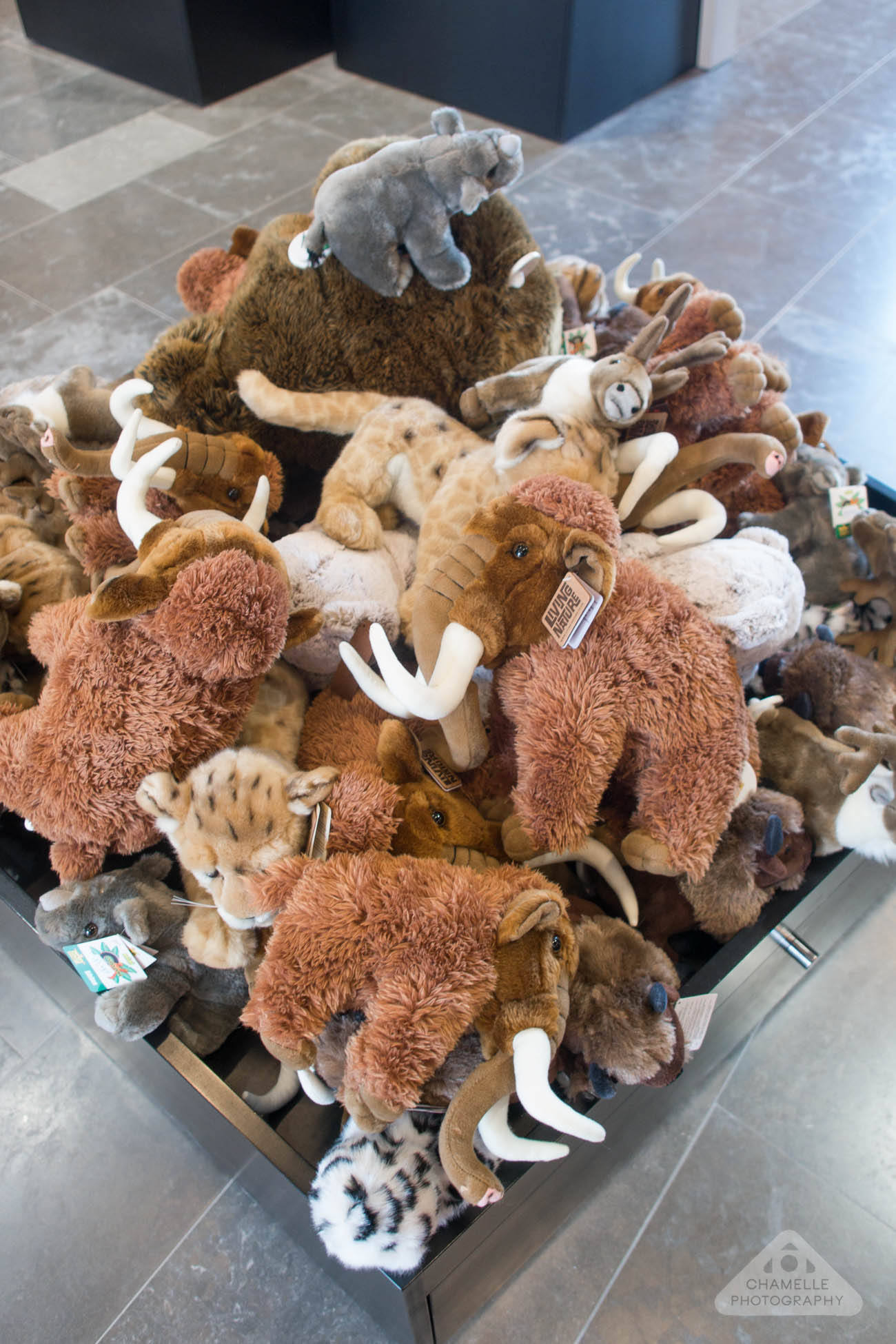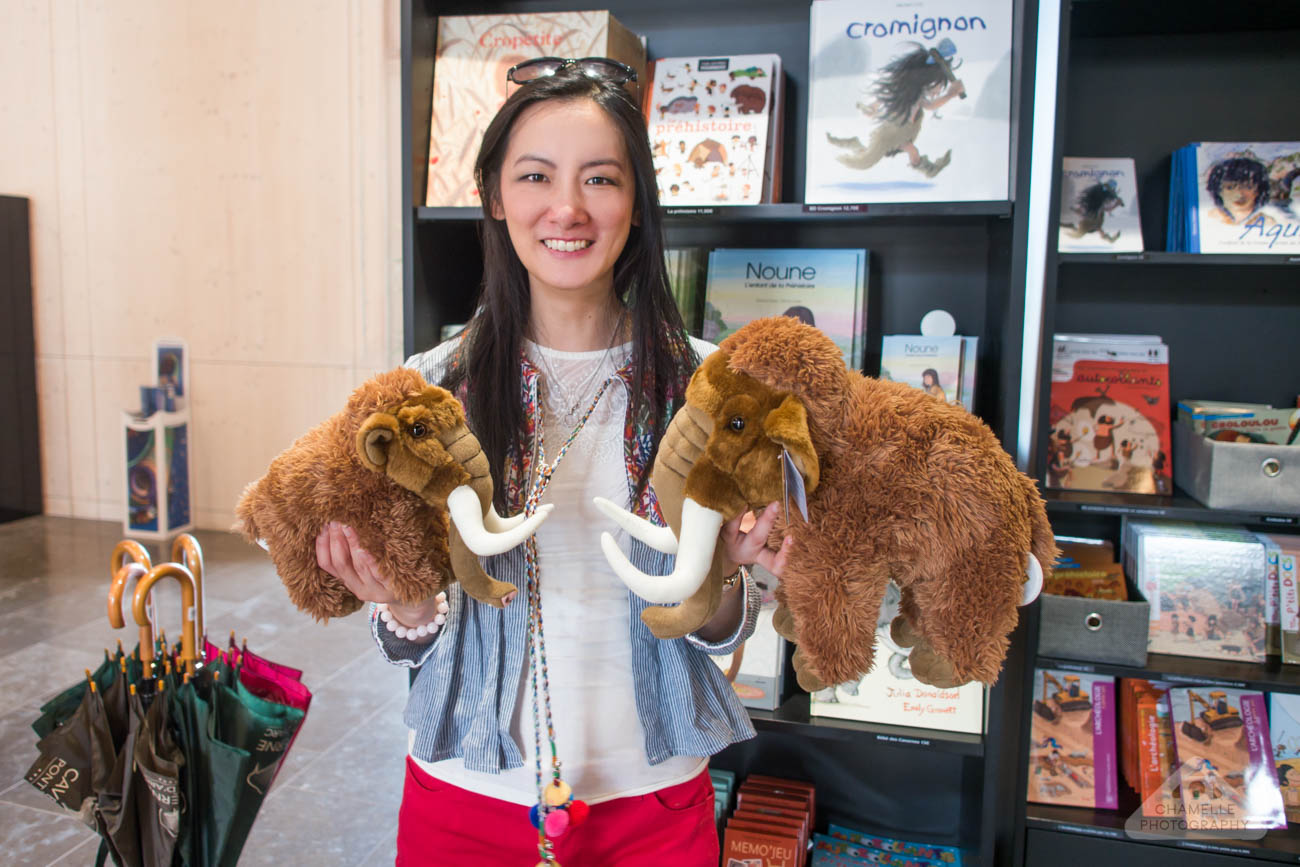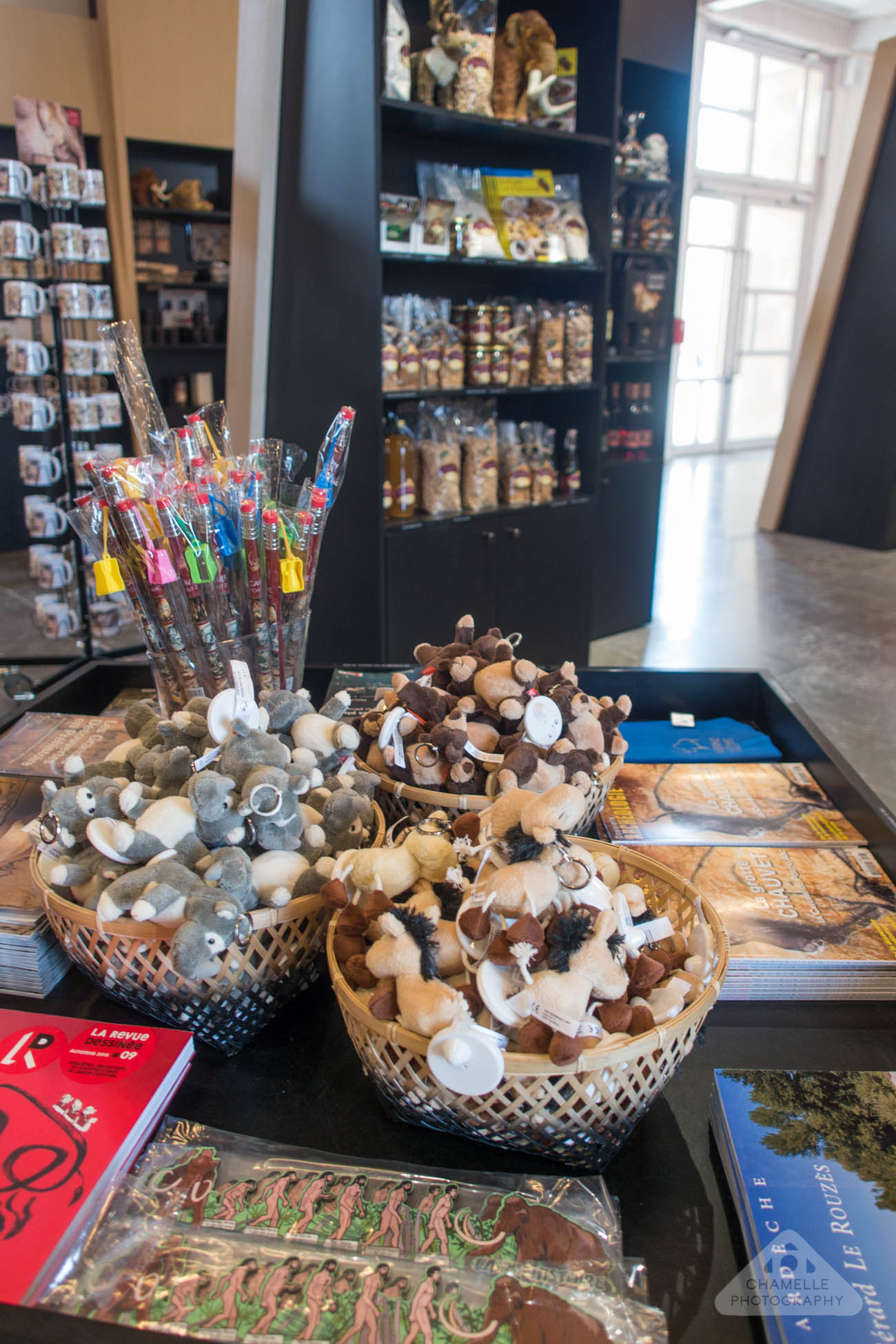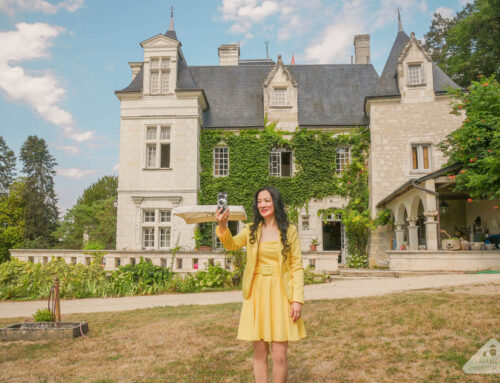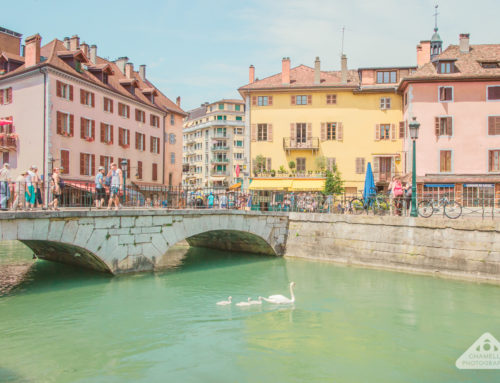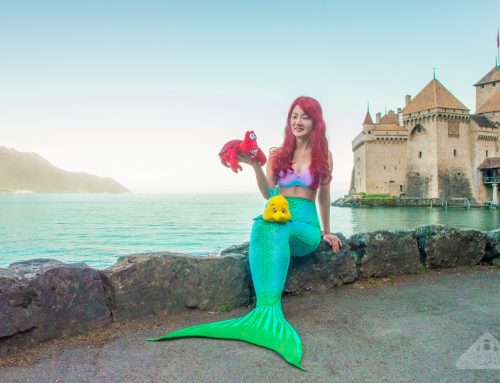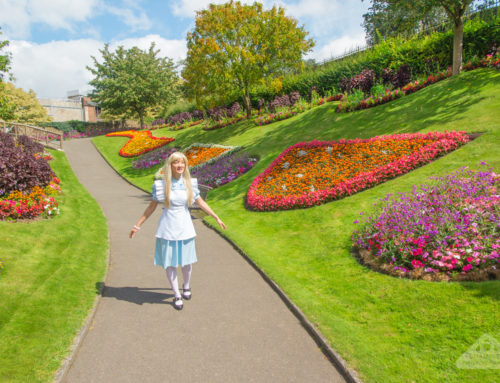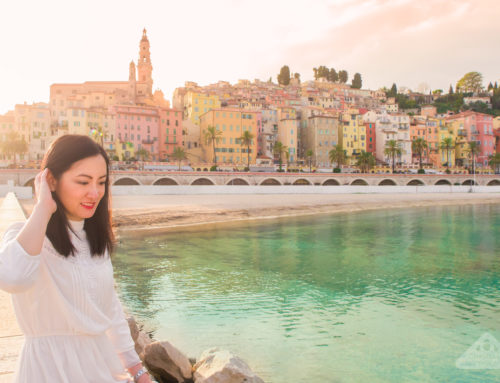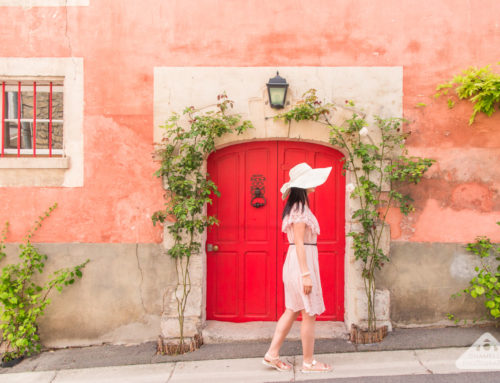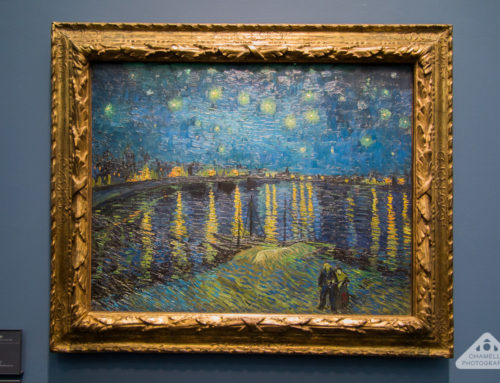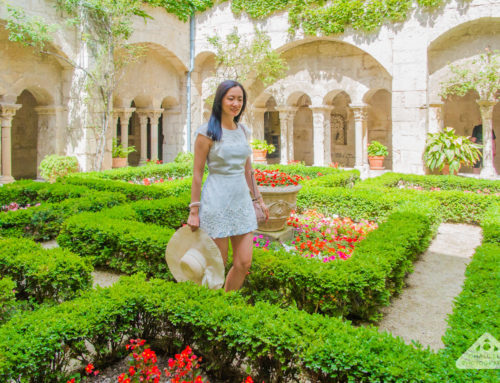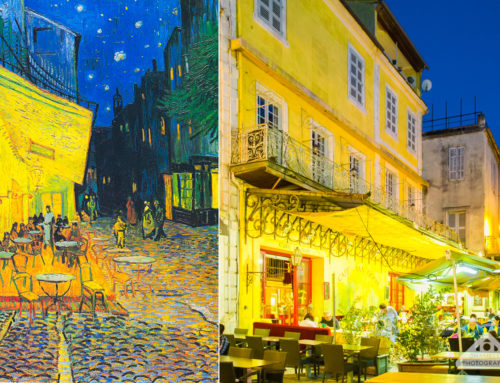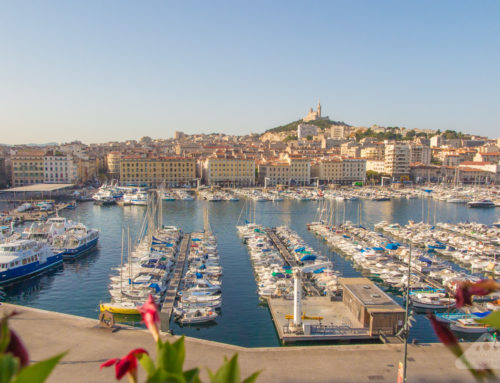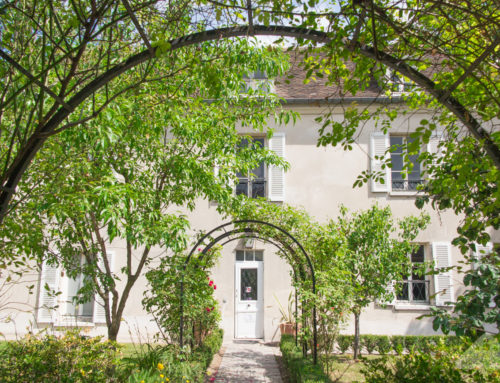The cave was first explored by a group of three speleologists: Eliette Brunel-Deschamps, Christian Hillaire, and Jean-Marie Chauvet for whom it was named. Chauvet has a detailed account of the discovery. Carbon dating places the art in the Aurignacian period, approximately 32,000–30,000 years before present (BP).
French Culture Minister Aurelie Filippetti called the Chauvet cave ‘a major site for humanity‘ that provides an exceptional opportunity for study. It is ‘a jewel whose emotional power is as strong today as when it was conceived,’ she said in a statement. While a French lawmaker for the Ardèche, Pascal Terrasse, went on to describe the cave as ‘the first cultural act‘. ‘This artist has now been recognised,’ Terrasse said. ‘May he forgive us for waiting 36,000 years.’
Caverne du Pont d’Arc is the largest cave replica ever built worldwide.
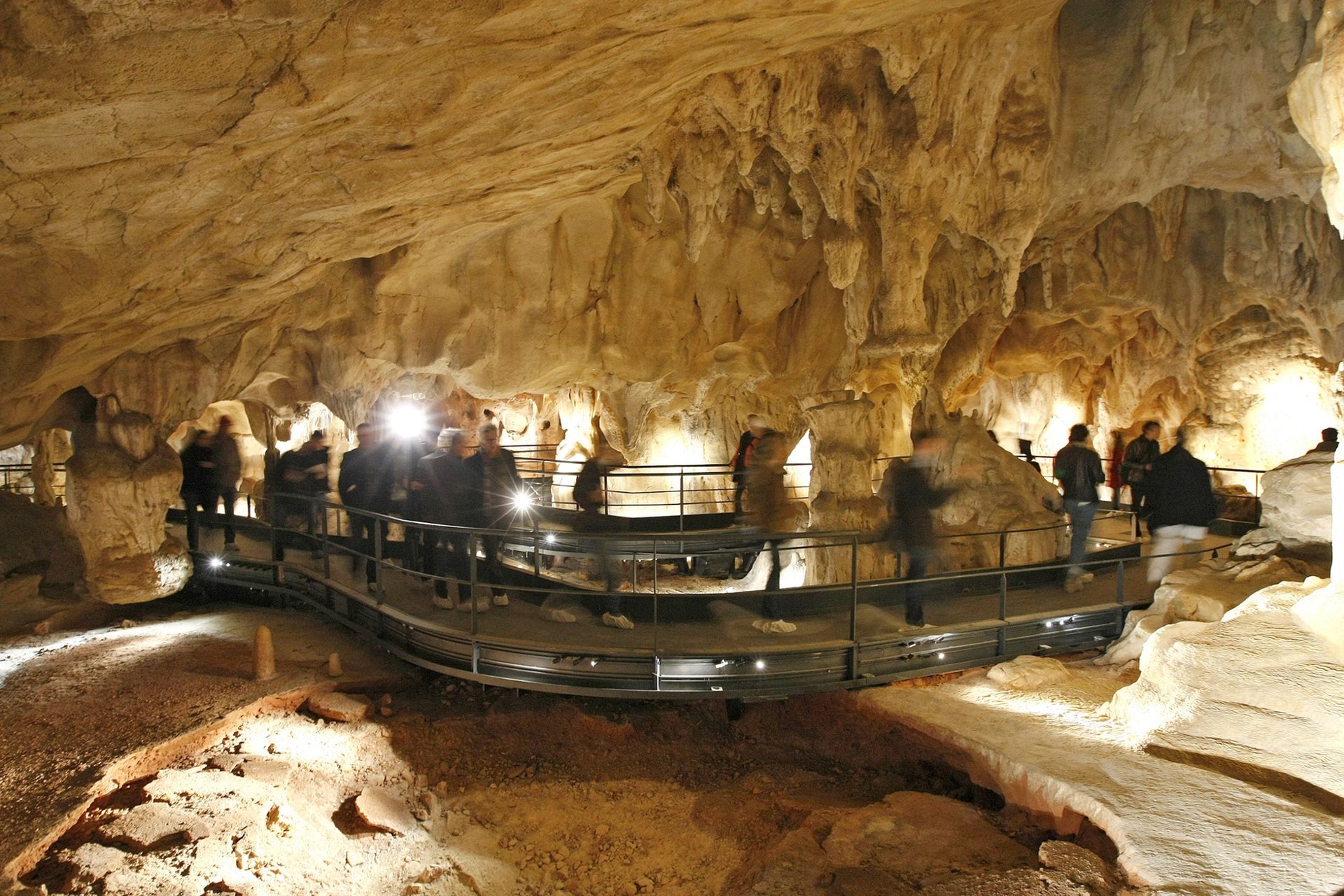 (image from the Guardian)
(image from the Guardian)
- Even though the Lascaux cave art is supposed to be around 20,000 years old and the Chauvet cave art is supposed to be around 36,000 years old, in terms of artistic development there is not a lot of difference. The art found in both are kind of similar.
- This was not a living cave, no humans lived here. No human bones were found inside. It was used as a sanctuary for men to come and relax, and to draw as it turns out. The cave people also honored animals which is why all the drawings are of animals (apart from one of female genitals, representing reproduction).
- The men respected the bears who would sleep and hibernate there during the winter and when they came out in the spring the men would go in to use the space. They never occupied the space at the same time as the bears.
- During this time and in this area of France there were a lot of bears but eventually they became extinct, as a lot of bear skulls were found inside the cave. The cavemen had created some sort of sculptural artwork with the bears’ skulls, as they were all around in a circular formation and all the heads pointing towards the centre. This showed that the bears did not die in the cave.
- The cavemen also used bear bones to make a path because torches did not last very long.
- They used very advanced (for this time!) drawing techniques, which are explained in detail in the museum. I have also added some photos below.
- The artists who produced these unique paintings used techniques rarely found in other cave art.
- They used advanced shading techniques to created 3D effects. The foreground would be darker and sharper and the background elements fainter, smaller and fuzzier.
- They used their palms to make prints on the wall.
- They would stand on large rocks to reach higher parts of the cave wall.
- Charcoal (carbon) was used to create a black colour and ocre (iron oxide) was used to create a red colour.

(image from Bradshaw Foundation)
You can’t really see it well from this photo but the guide told us they may have used the shape of the rock to draw the horse, using a long stick to trace the curve of the rock.

(image from Bradshaw Foundation)
Not only were they drawing positive images, they were drawing negatives, using their own hand as a stencil. How ingenious!

(image from Bradshaw Foundation)
See more pics and explanations here.
GO
Address : Caverne du Pont d’Arc – Plateau du Razal – 07150 Vallon Pont d’Arc – FRANCE.
GPS : N 44° 24′ 22.3″ – E 4° 25′ 53.6″
The Caverne du Pont d’Arc is located in the Ardèche region in the south of France (south of Lyon, north of Avignon). It can be reached by car in about 2.5 hours from Lyon or less time from Avignon. I don’t advise going without a car.
STAY
My friend Coralie and I stayed in the Prehistoric Lodge, which consists of luxurious tents or yurts ie ‘glamping’ set in beautiful natural surroundings. It is perfectly located for exploring the region. I will do a separate blogpost on it.
SHOP
There souvenir store in Caverne du Pont d’Arc sells an extensive range of souvenirs for all ages, tastes and budgets. There are books, videos, soft toys, postcards and more.
EAT
There is a restaurant on site but we did not eat there so I can’t comment. We brought a picnic and ate it in the park.
TIPS
As this is now a top tourist attraction in France, it is highly recommended that you pre-book tickets online. If you don’t you may have to wait hours for a free spot later that day or you may have to return on another day. You also have to choose the time for your ticket.
Arrive a minimum of 45 minutes before your ticket time (in case of long queues to enter, time to use the toilet, and time to walk through huge landscaped gardens to the cave entrance which takes about 10 minutes).
We booked our ticket for around midday which was a good time to go since most people are eating lunch during this time (French really respect proper ‘eating hours’) so that it won’t be as crowded as other times.
Dress warmly if you are like me and get cold easily. It is about 16°C and feels just like a real cave inside. If you don’t get cold easily and it’s a hot summer’s day you won’t need to wear or bring any extra clothing.
Allow a good 3 hours to spend here, longer if you plan on dining here too. The time passes quickly and there’s a bit of distance to walk between each building. The tour itself is 55 minutes although ours lasted a bit longer than that.
PHOTO TIPS
Unfortunately you are not allowed to take photos inside the cave but you are welcome to take photos everywhere else. The Aurignacien museum is quite dark inside so you’ll need to have appropriate settings on your camera.
Does this post make you want to go there? Let me know in the comments below. If you have any questions please leave them below too and I will do my best to answer them. 🙂

